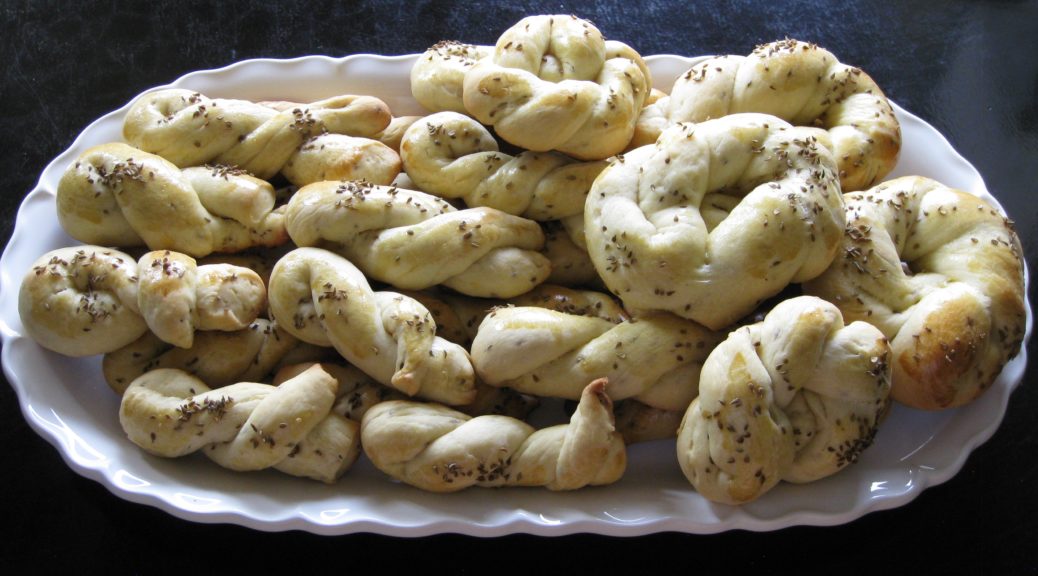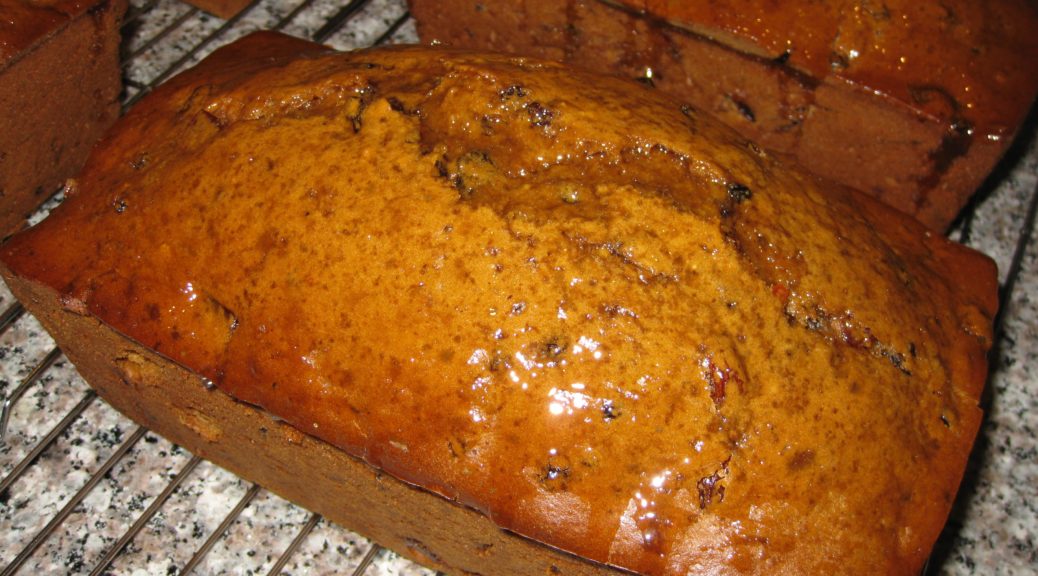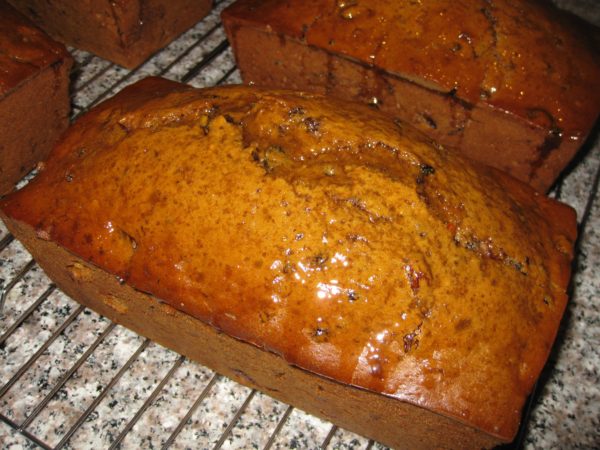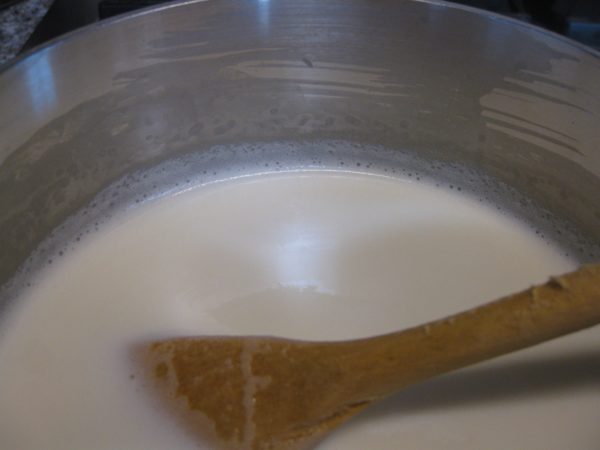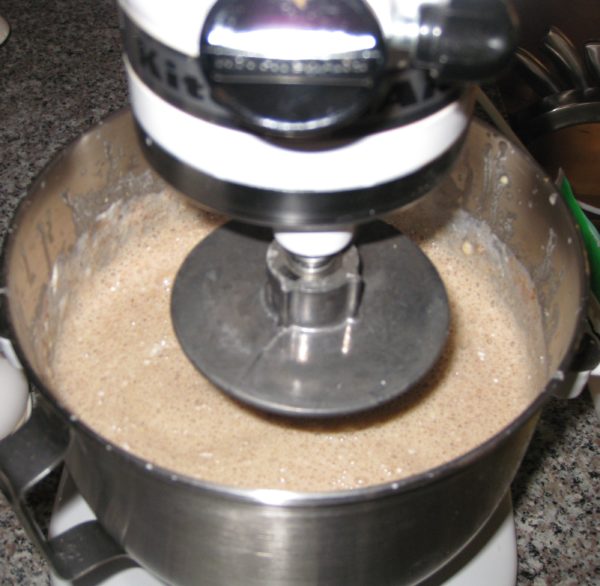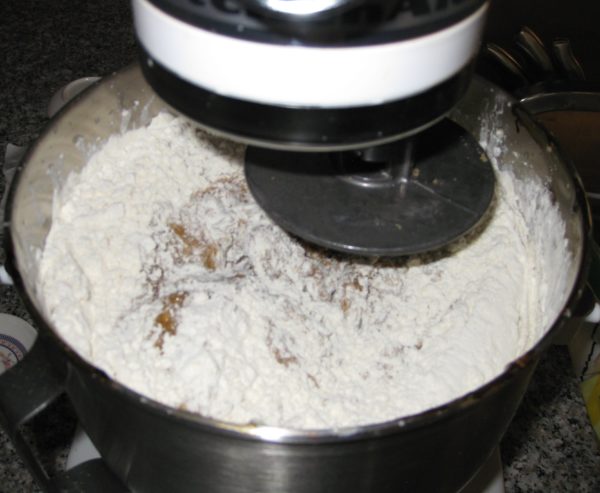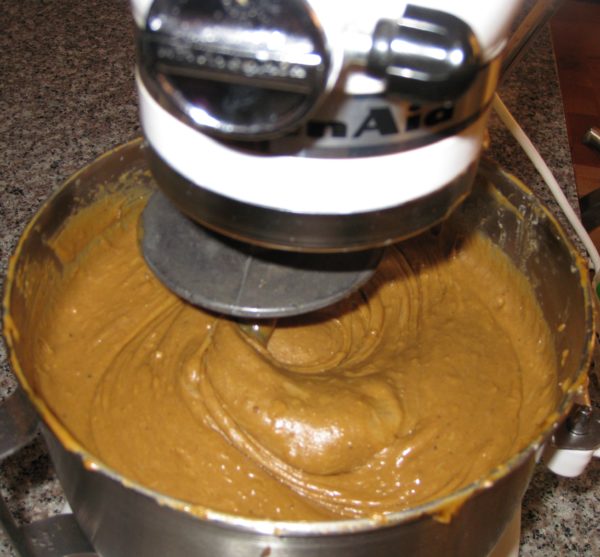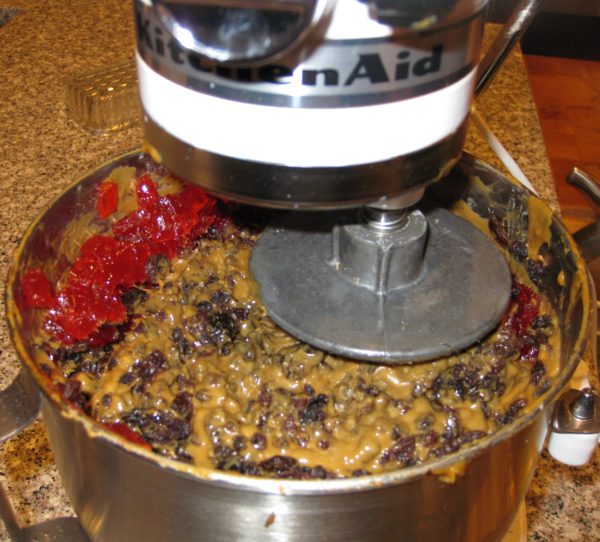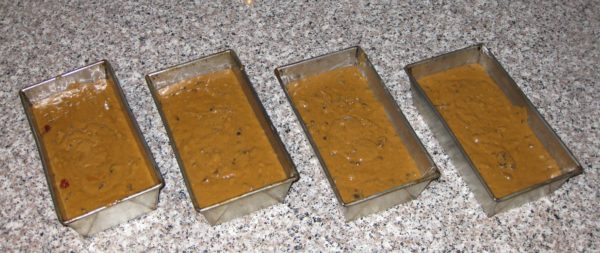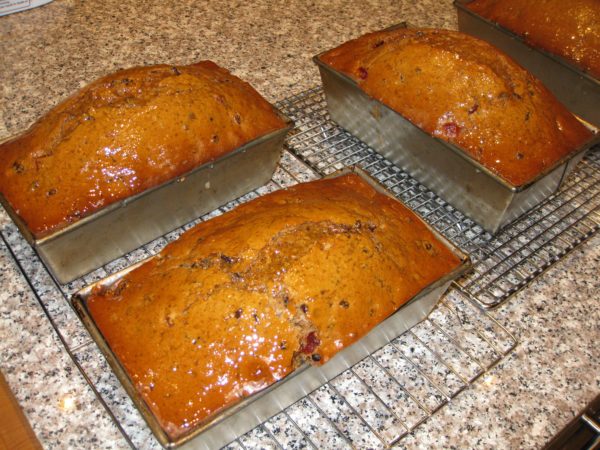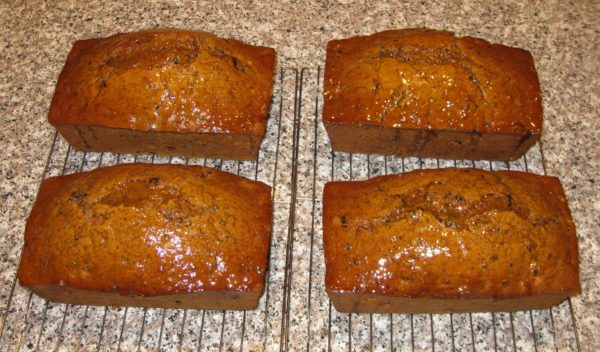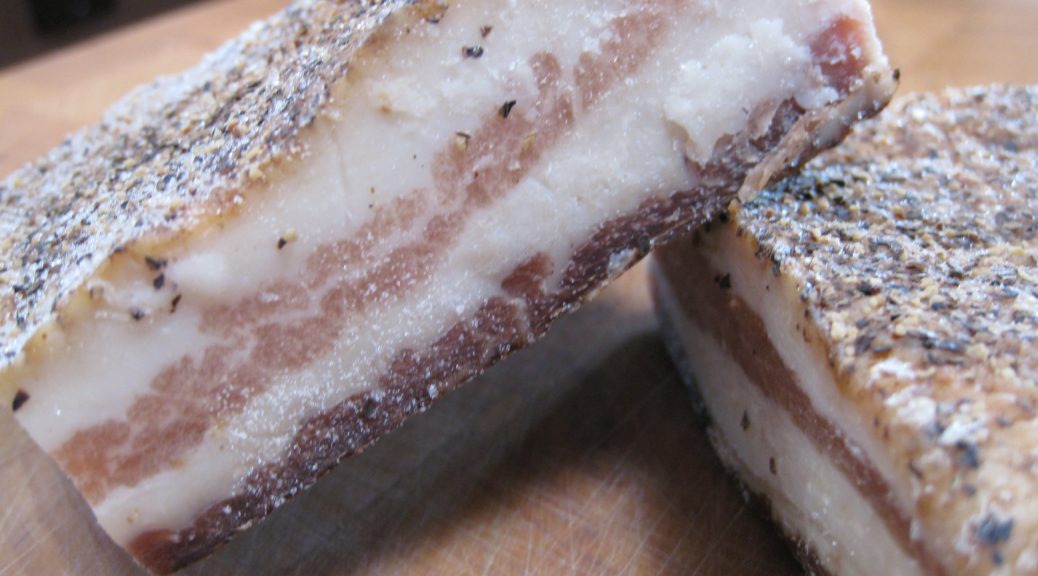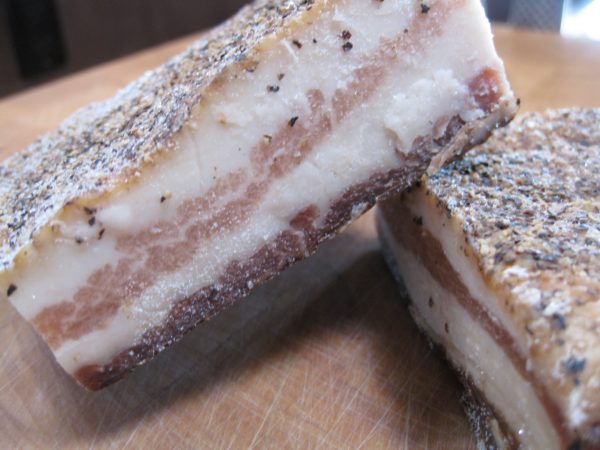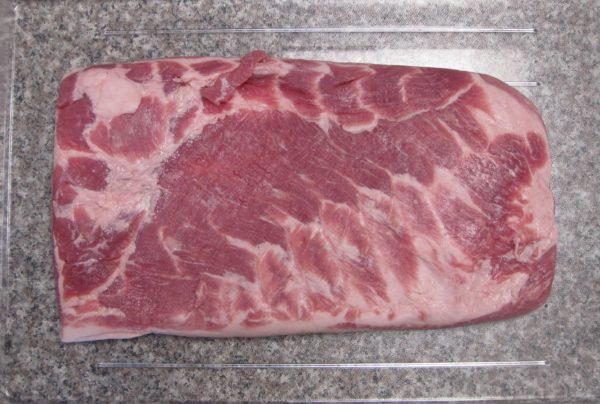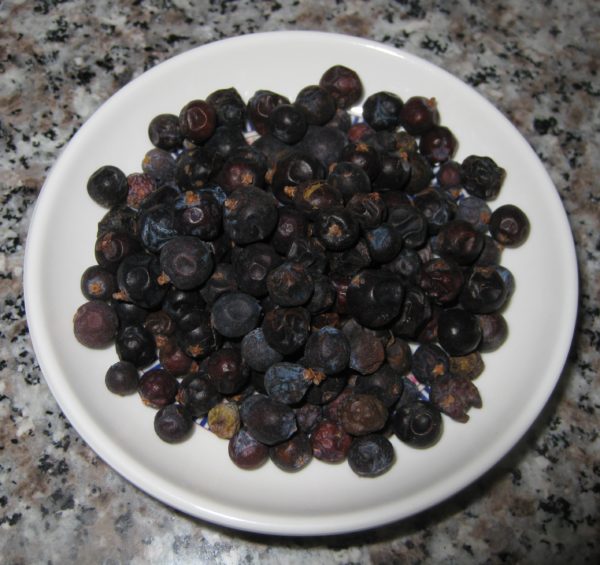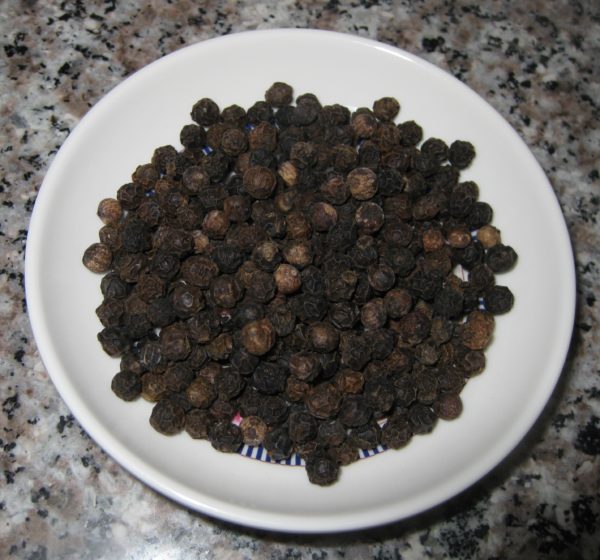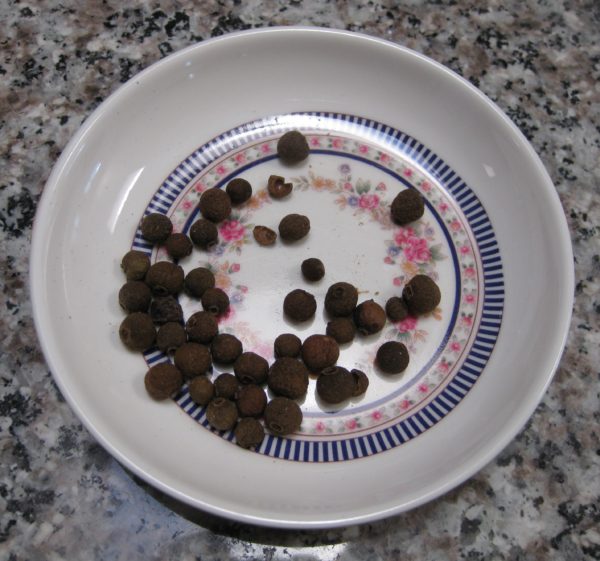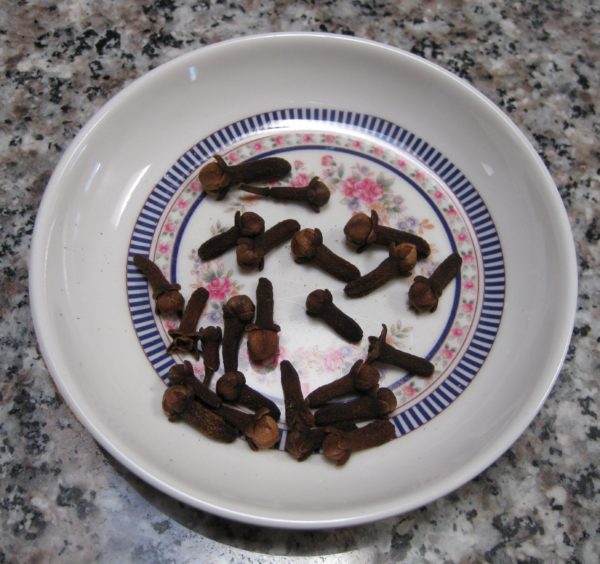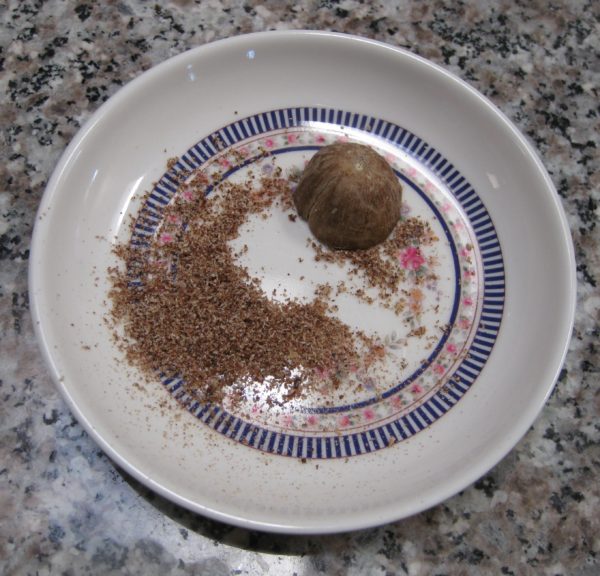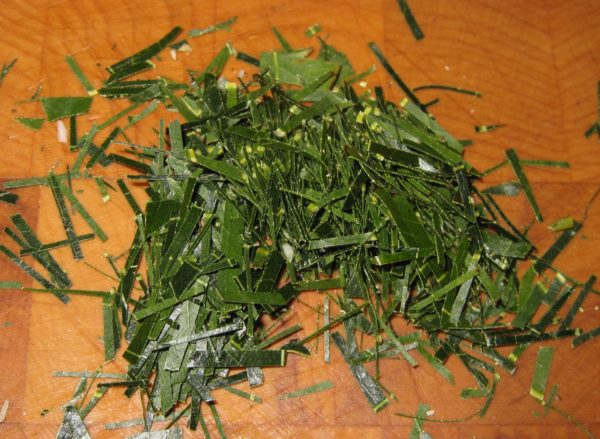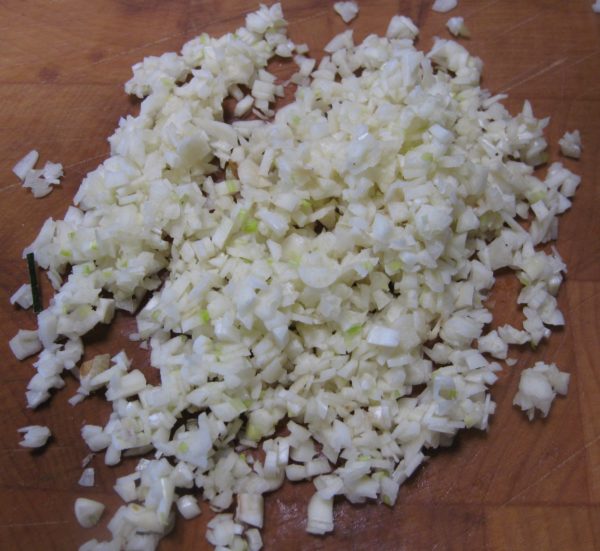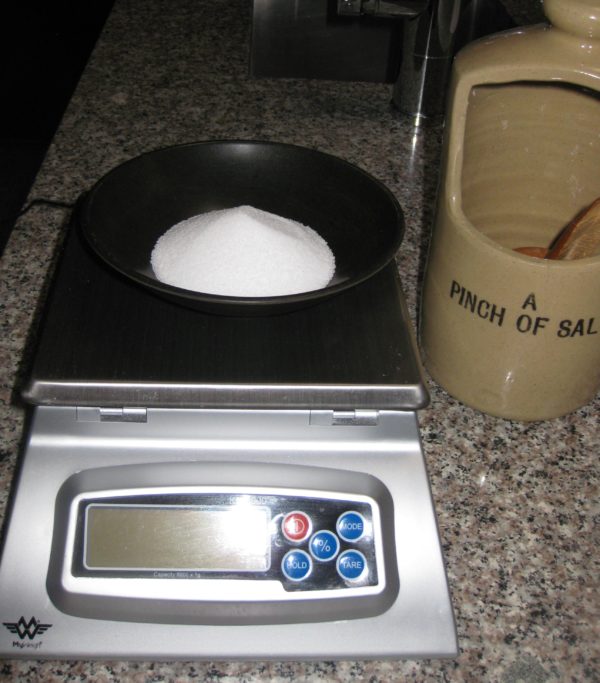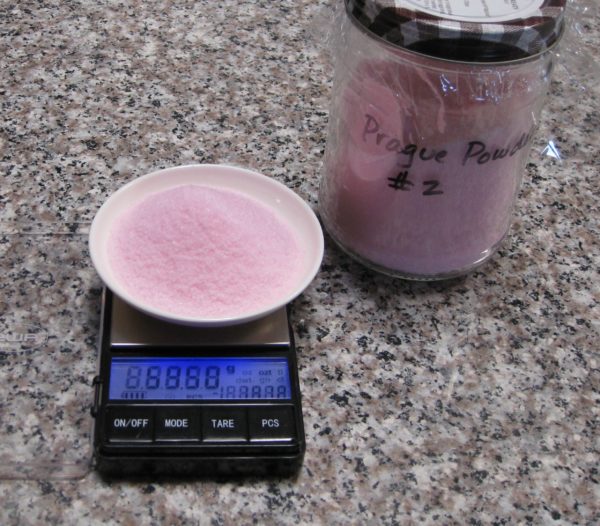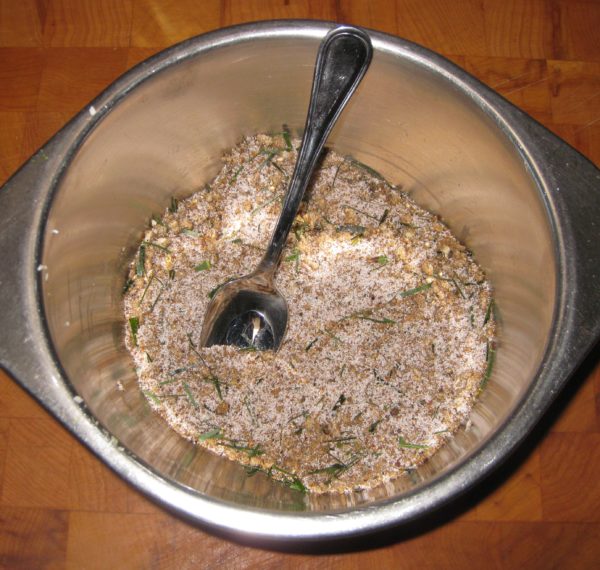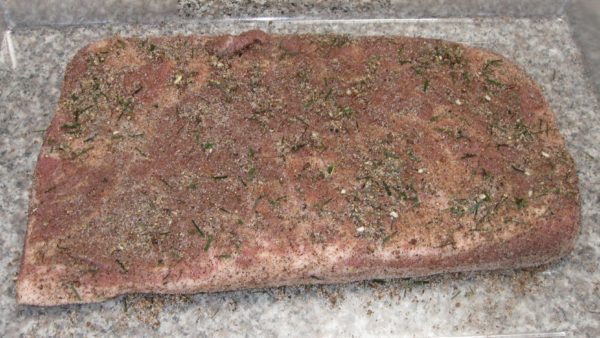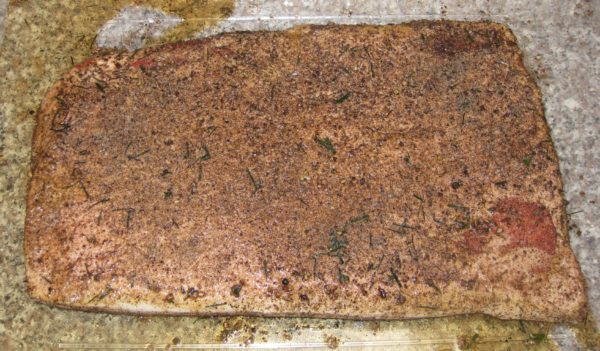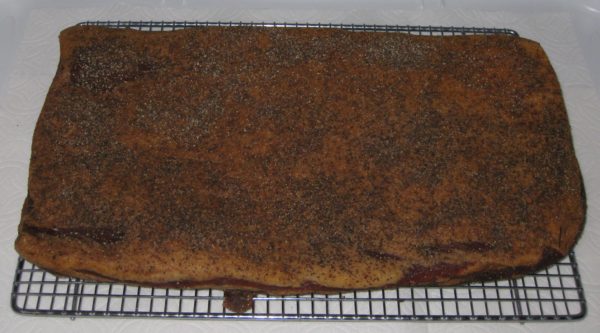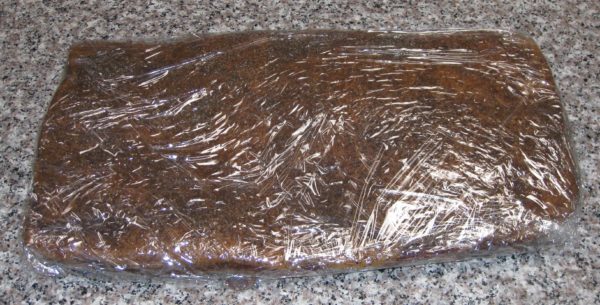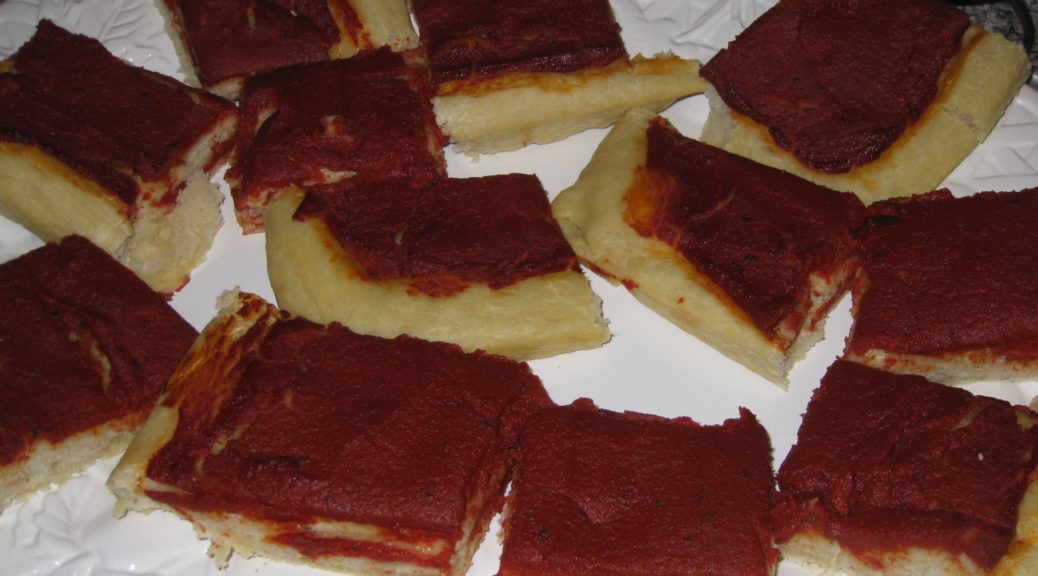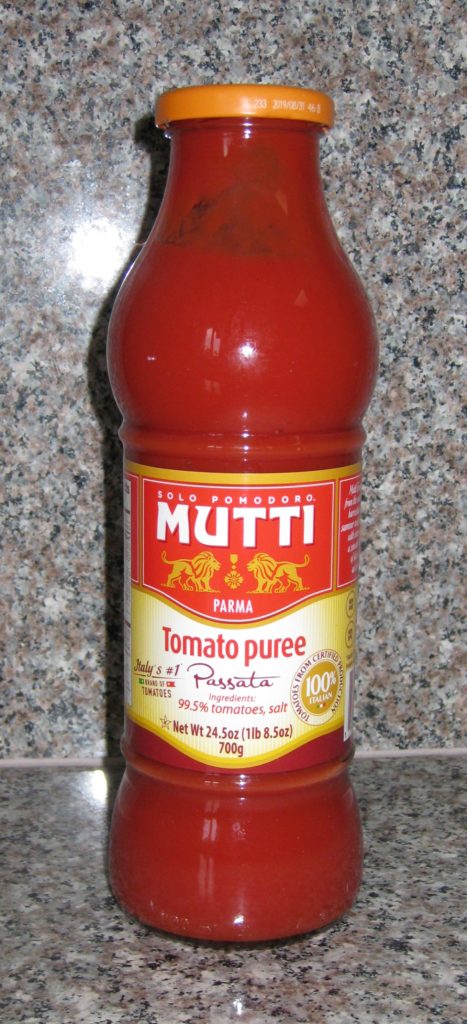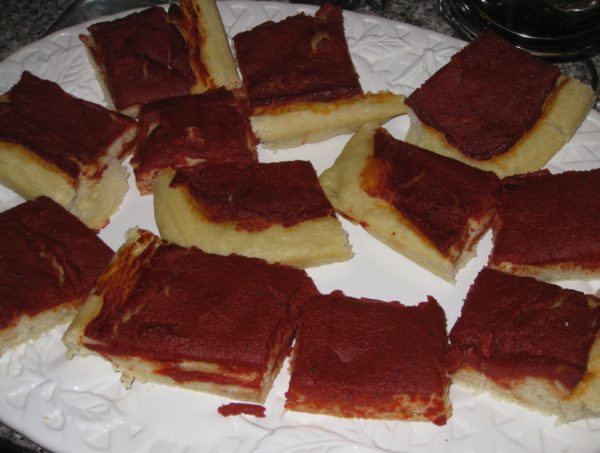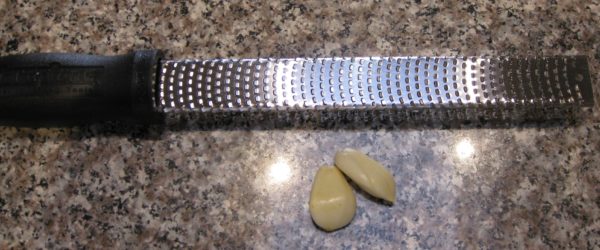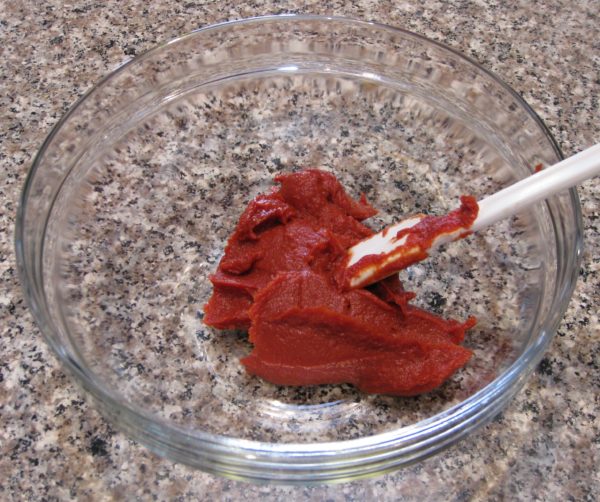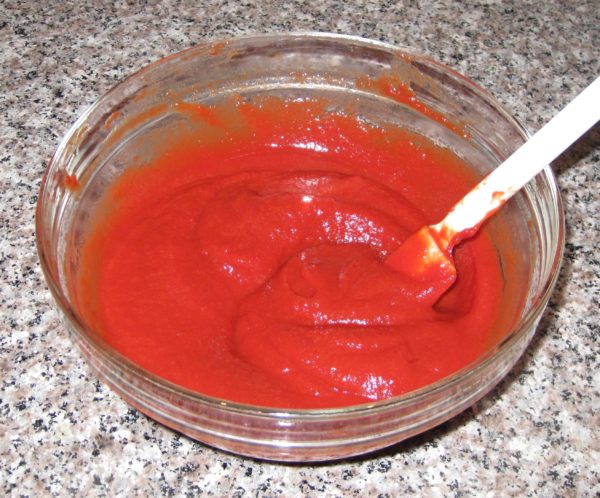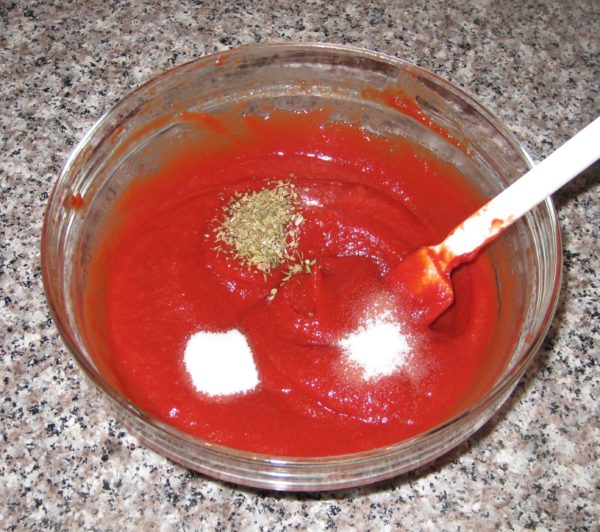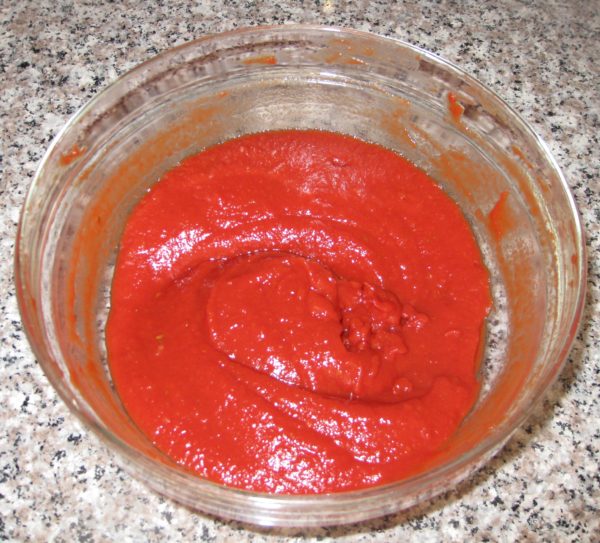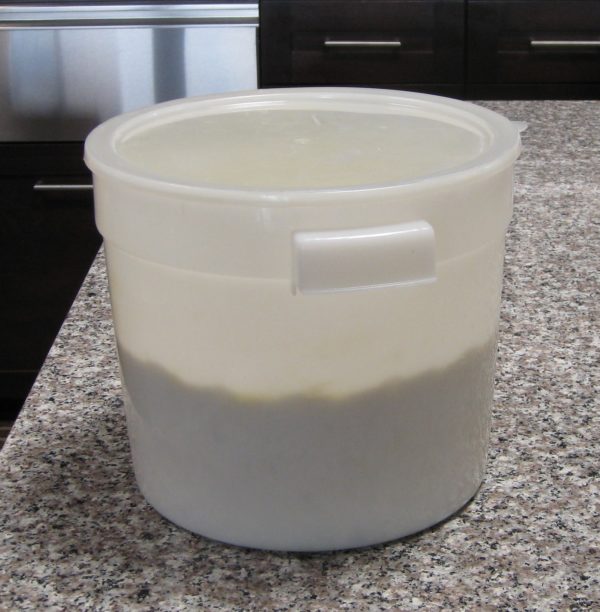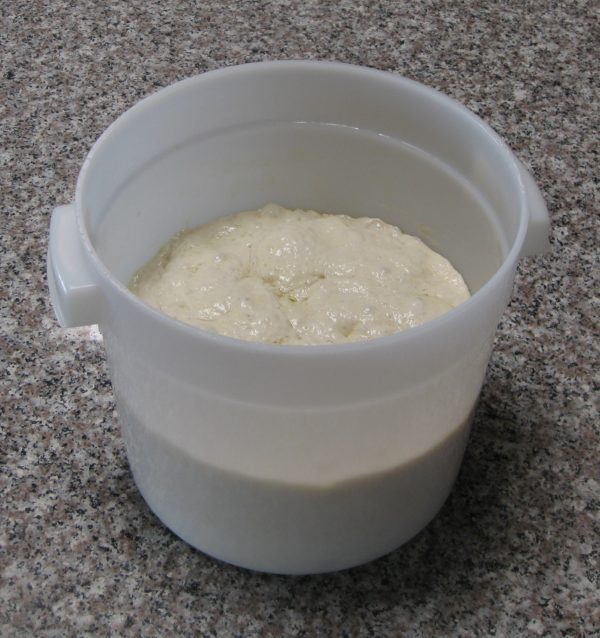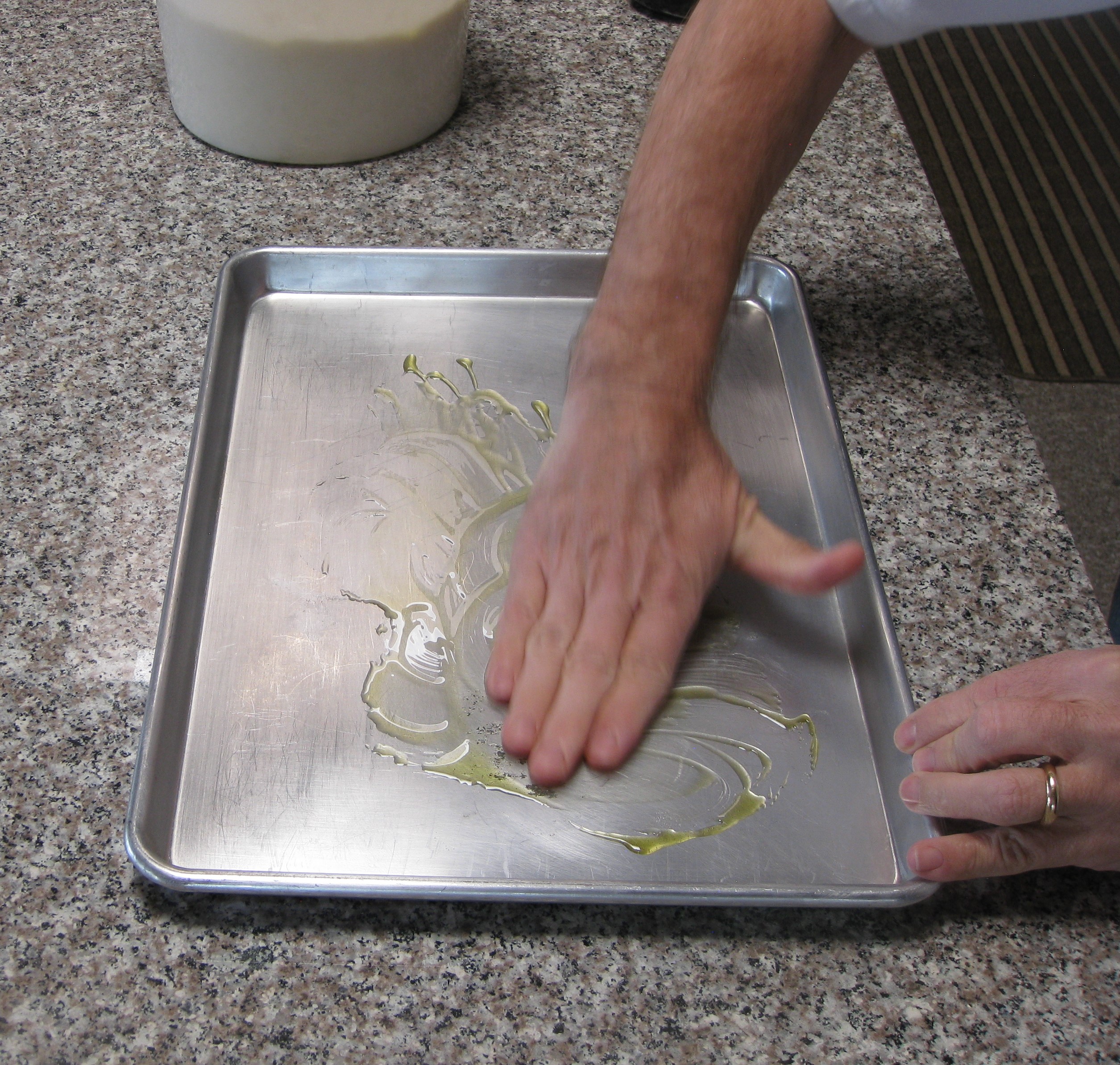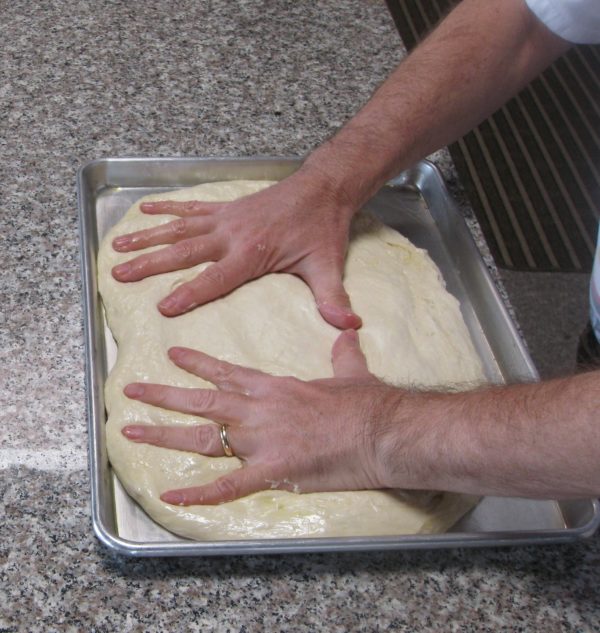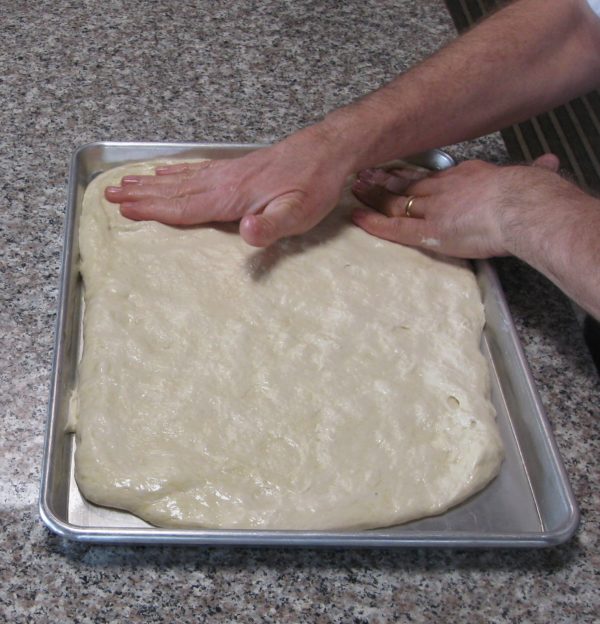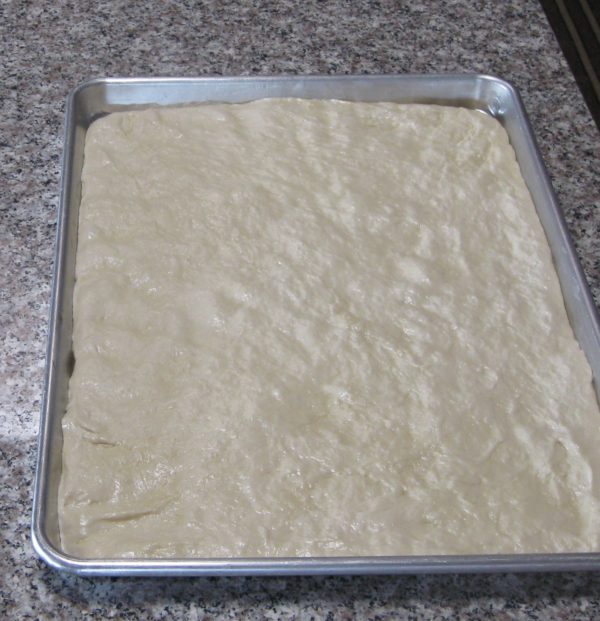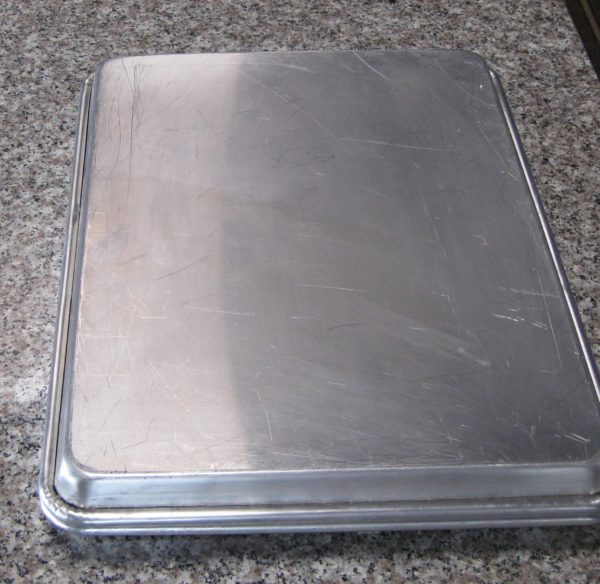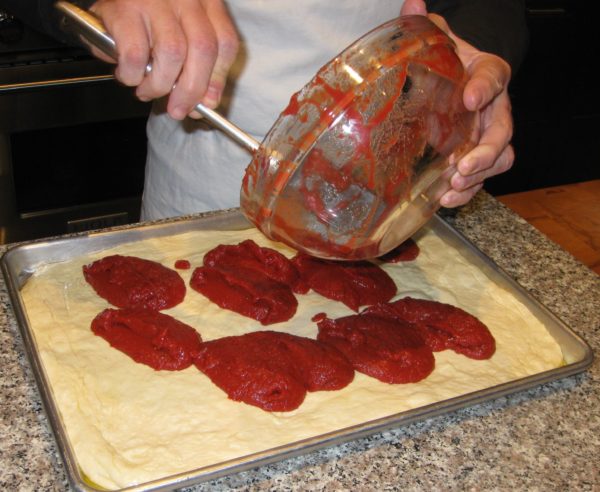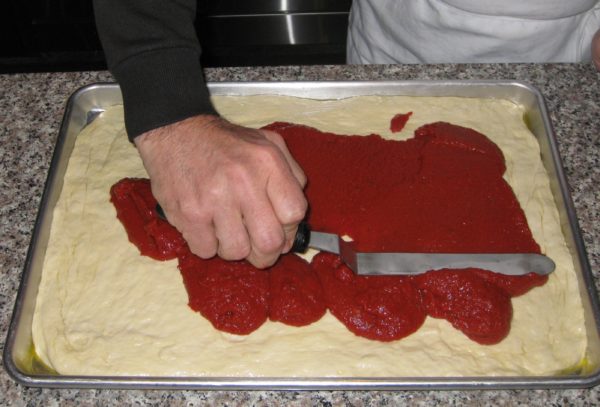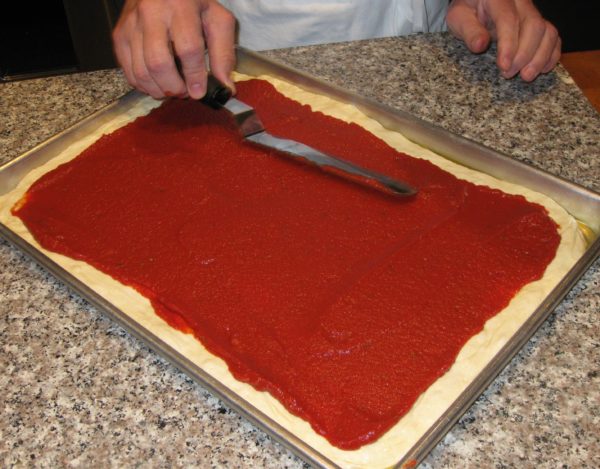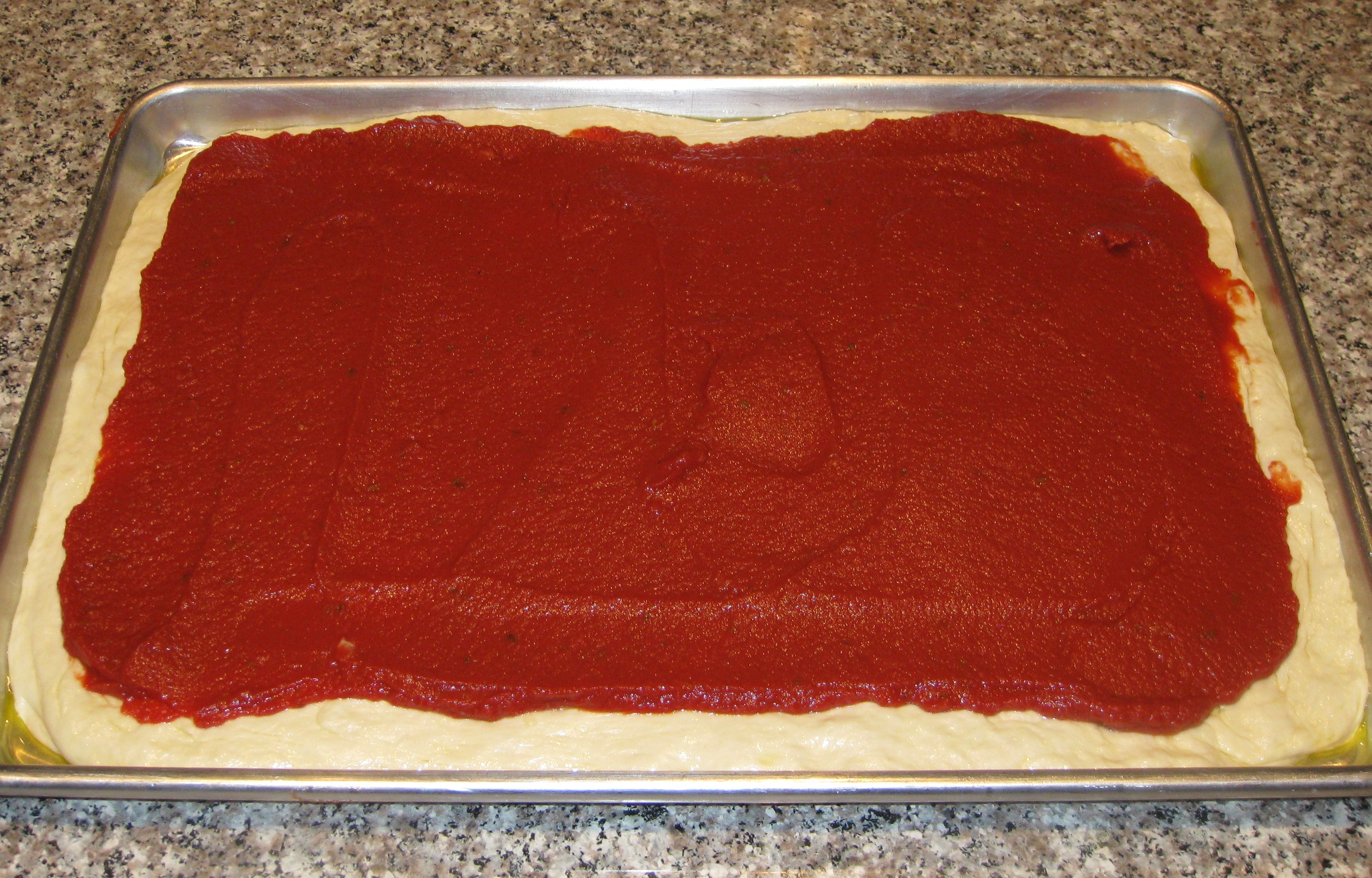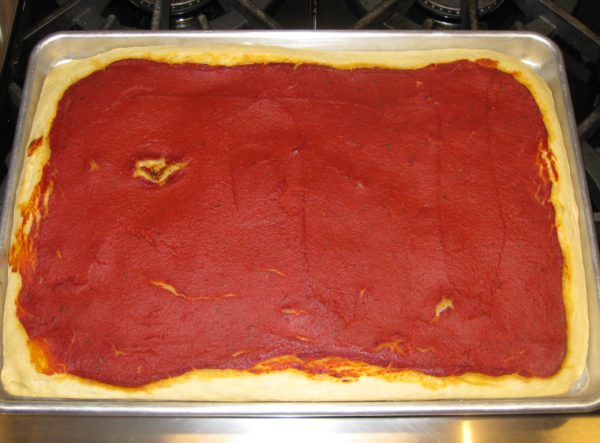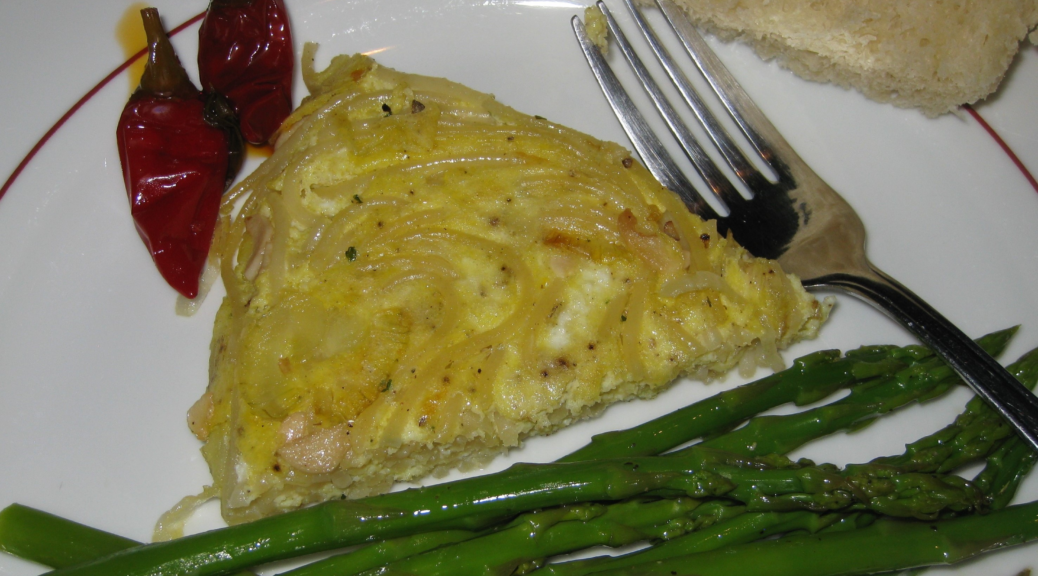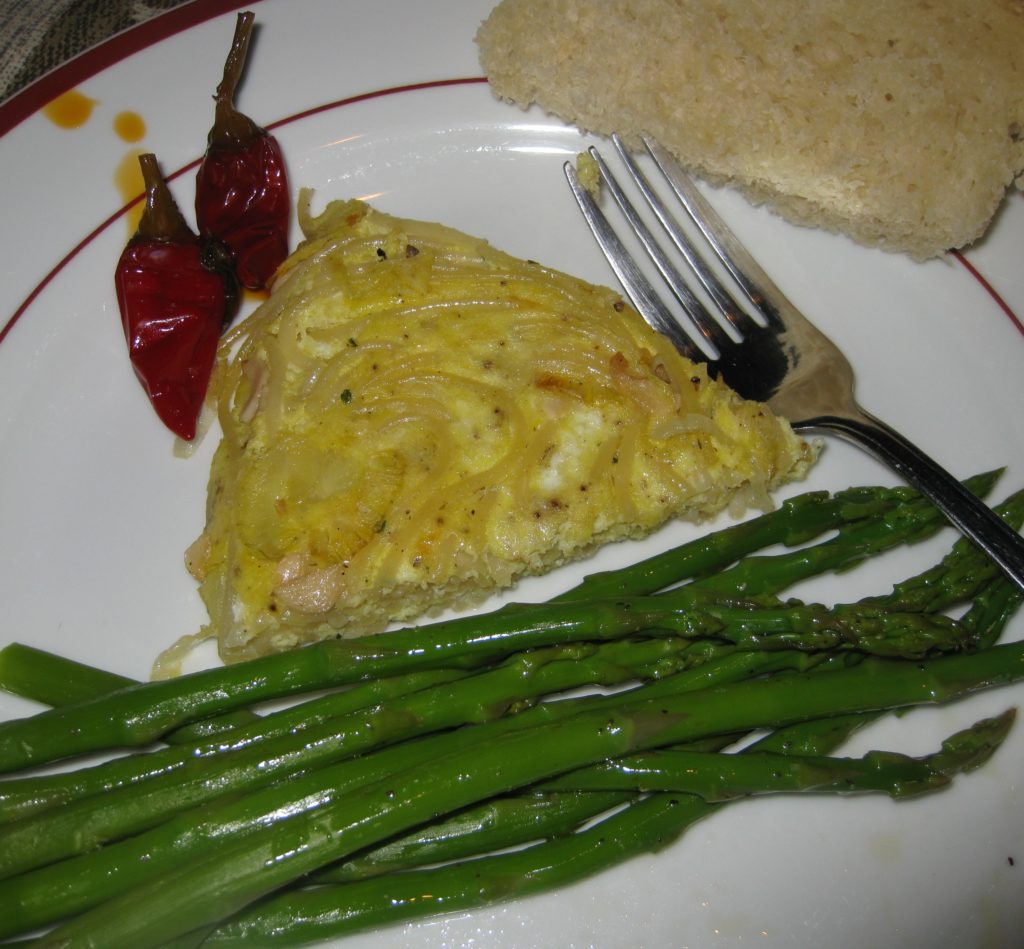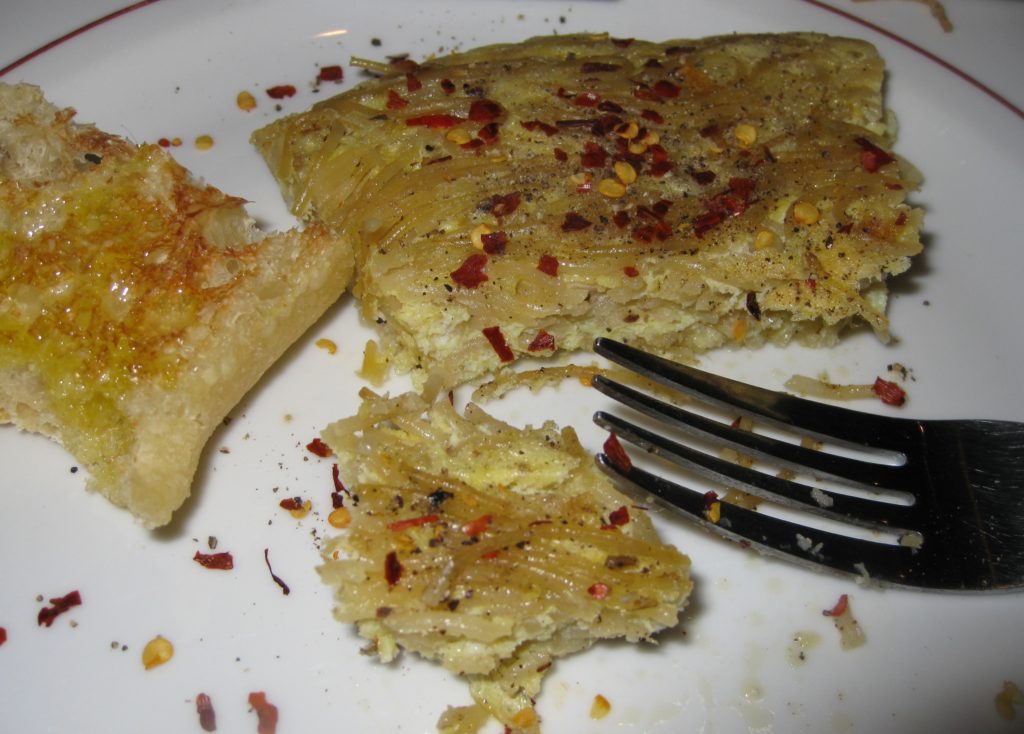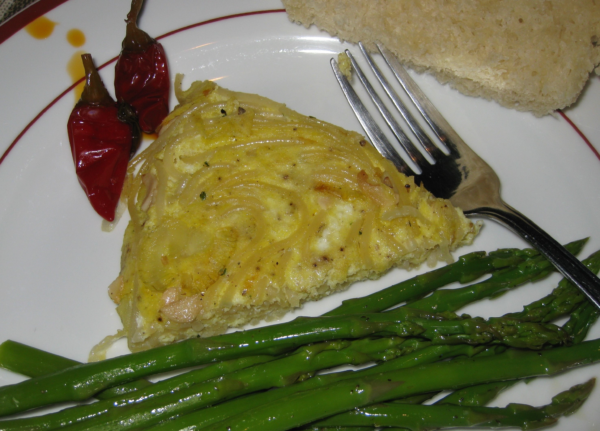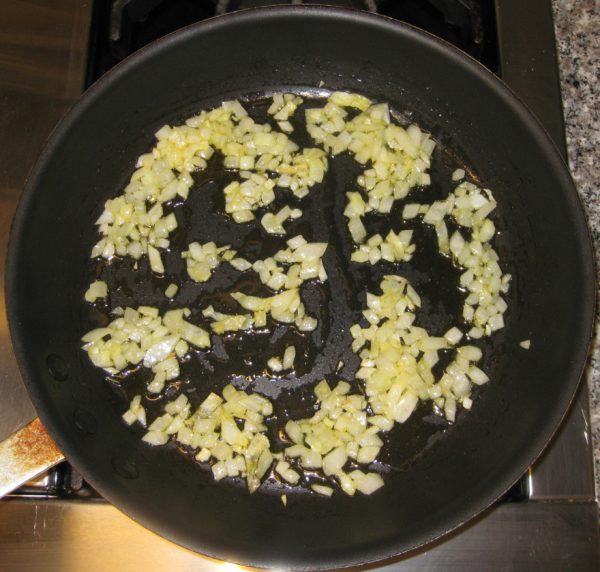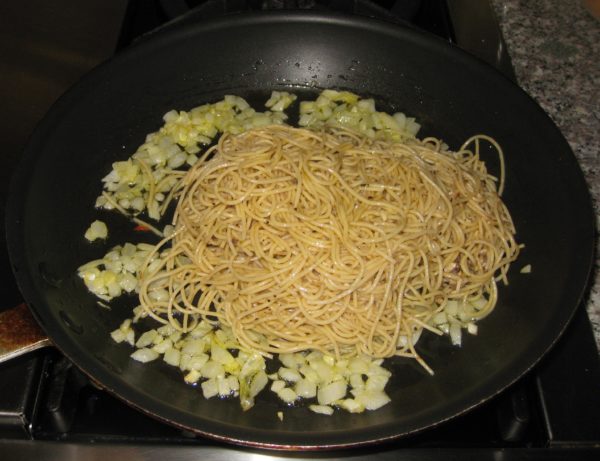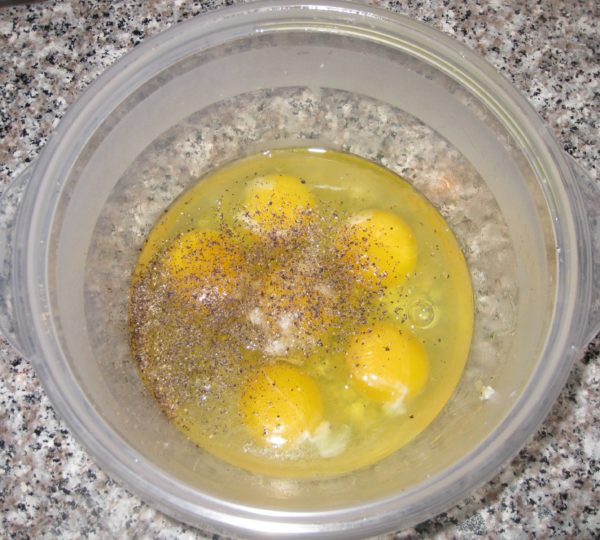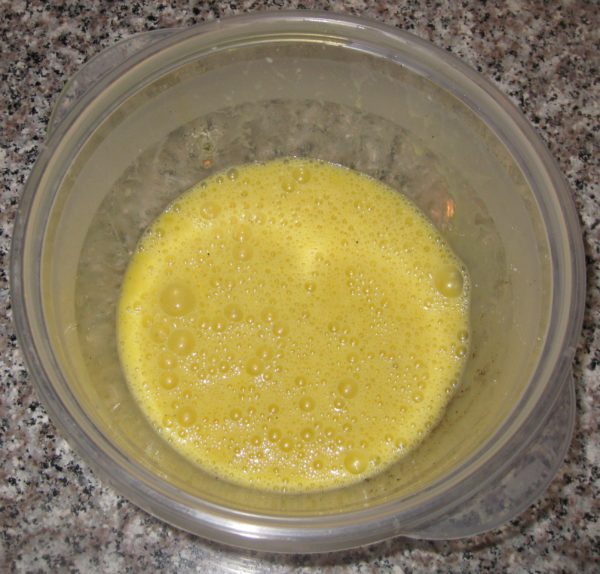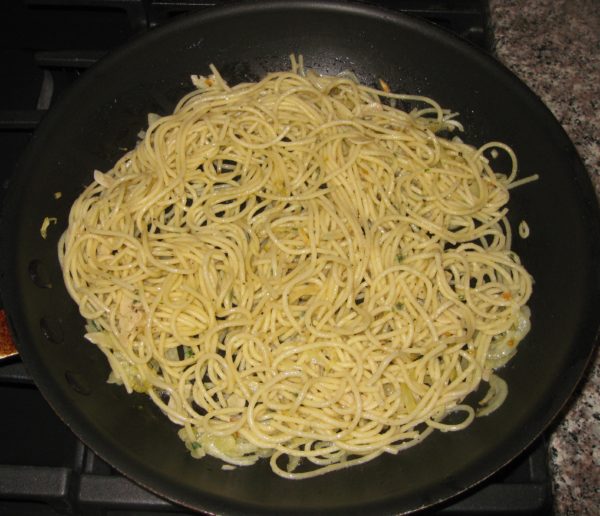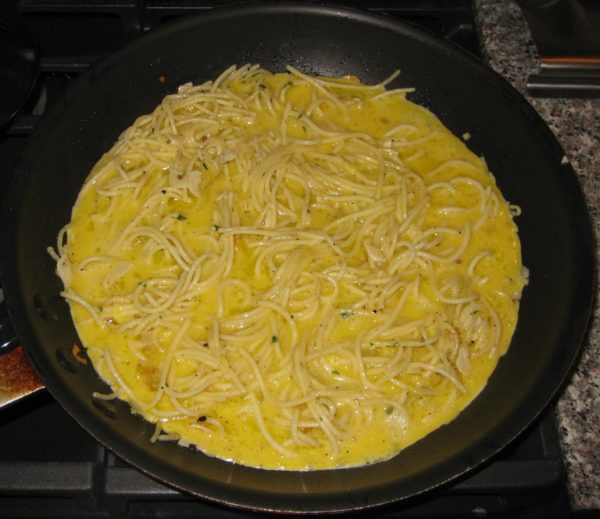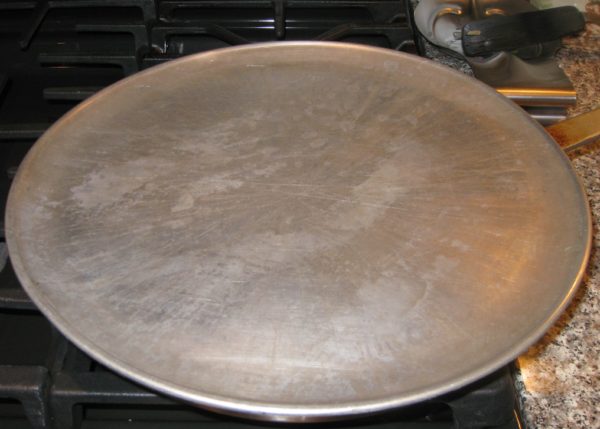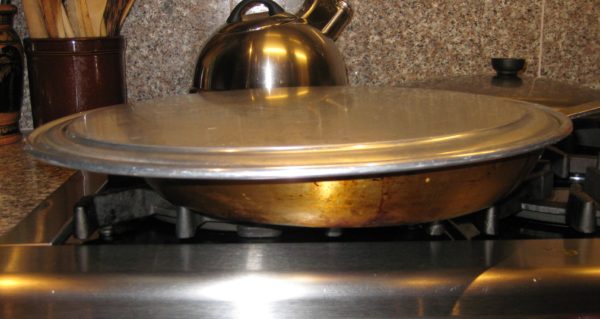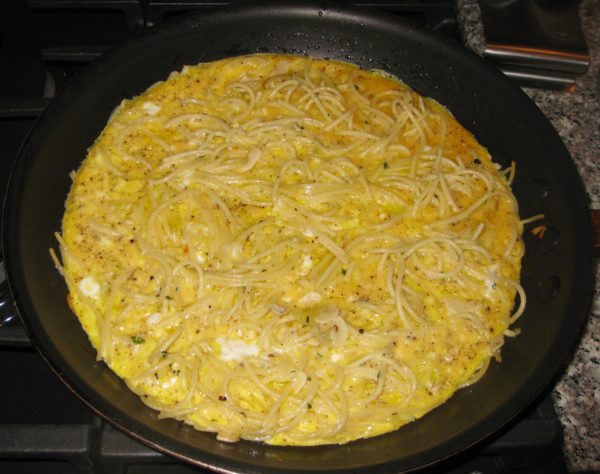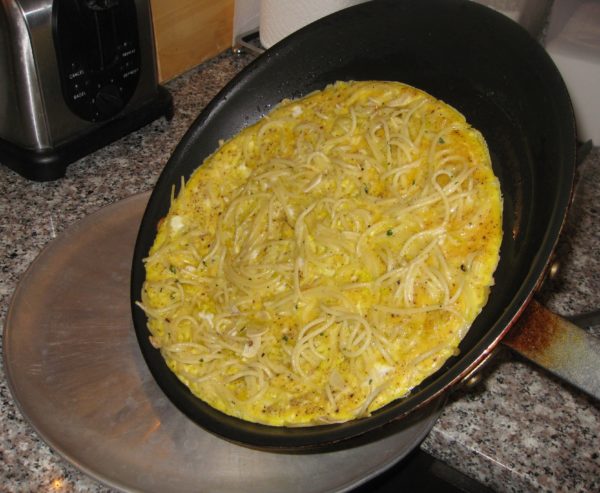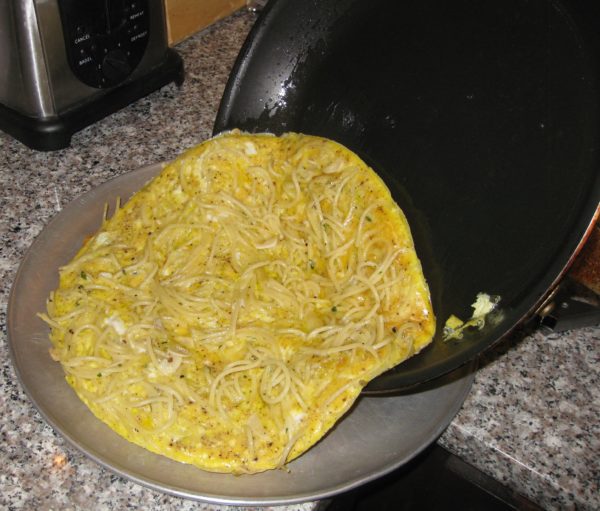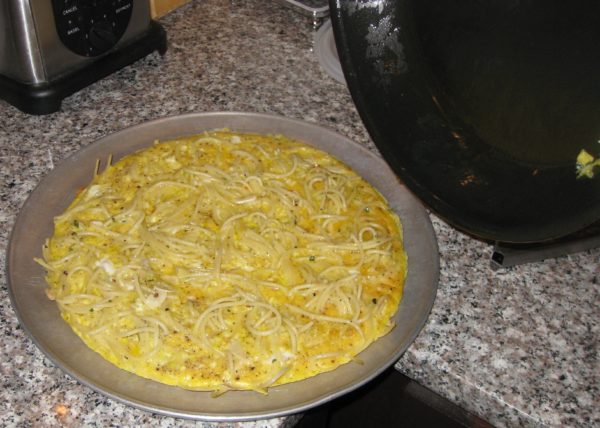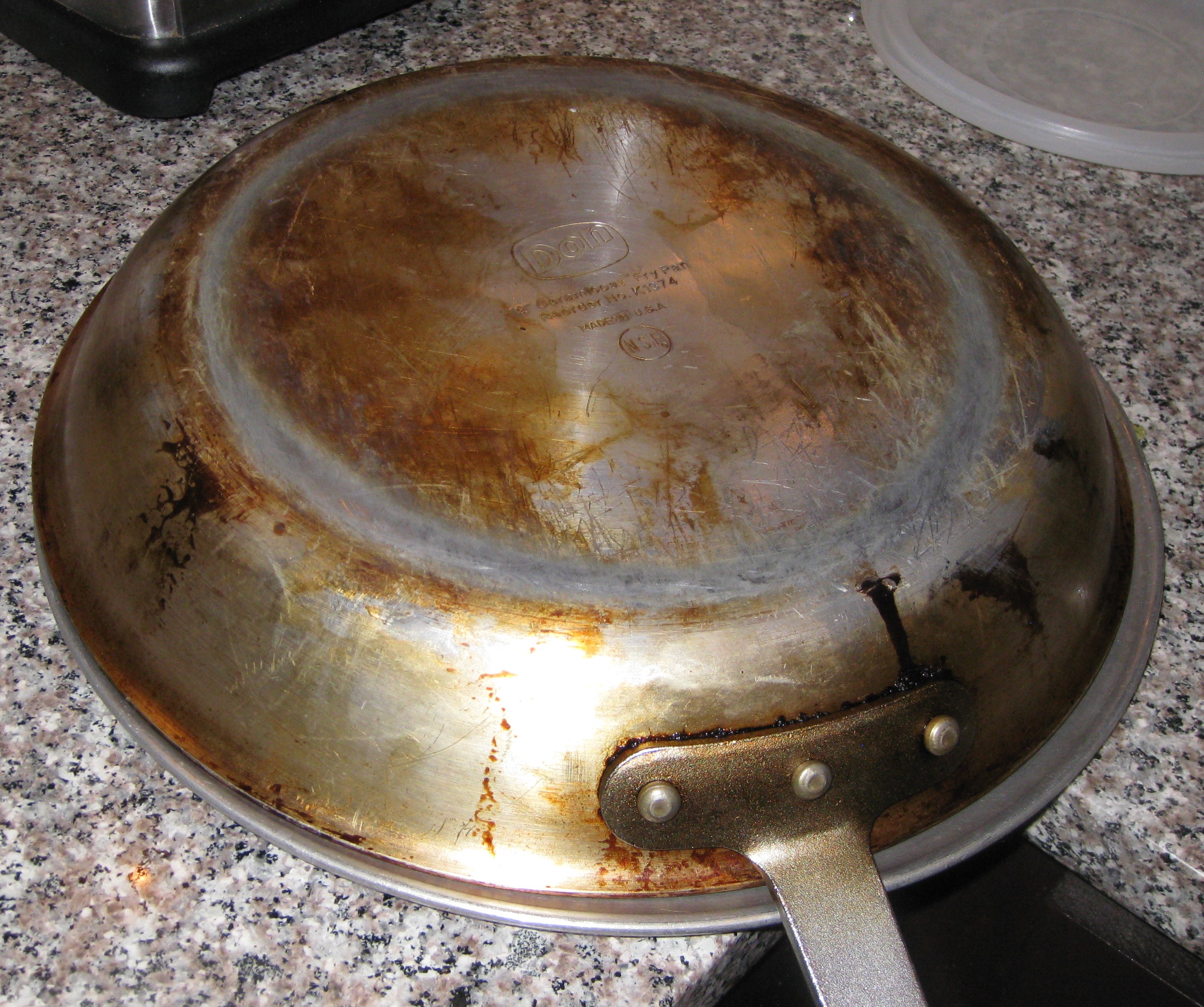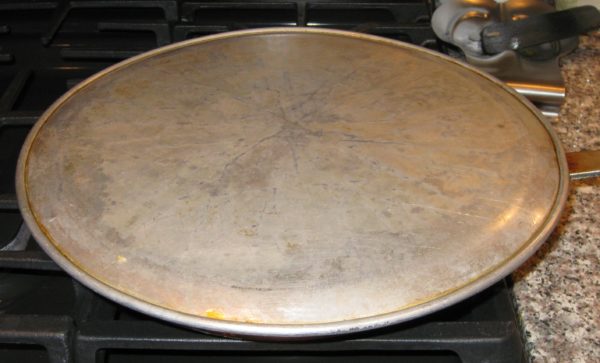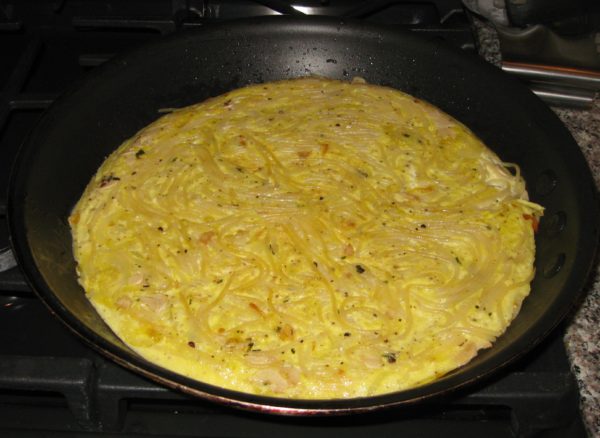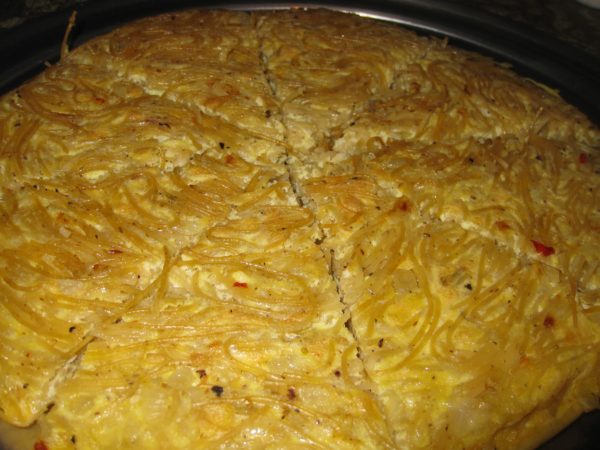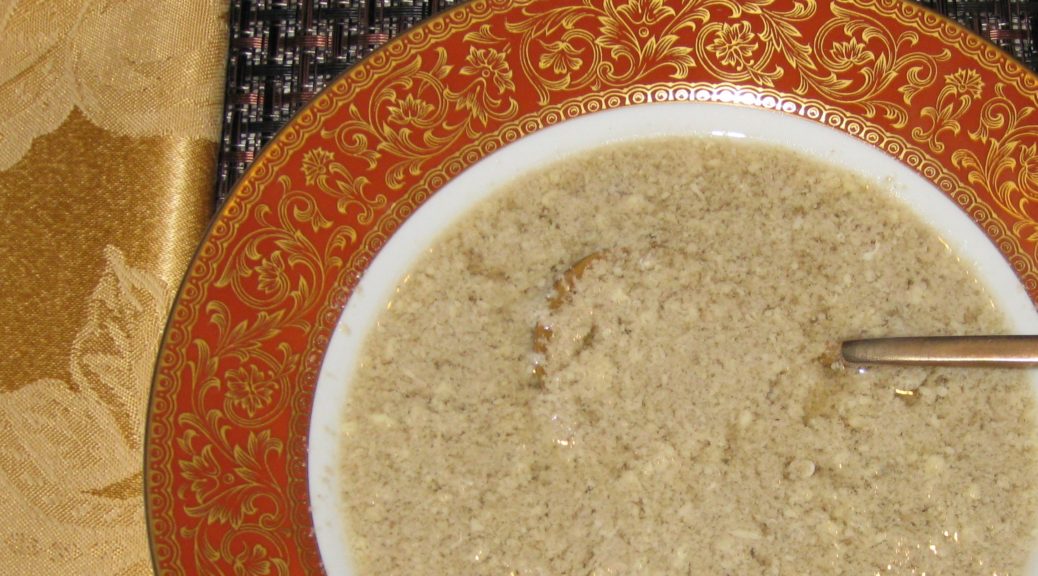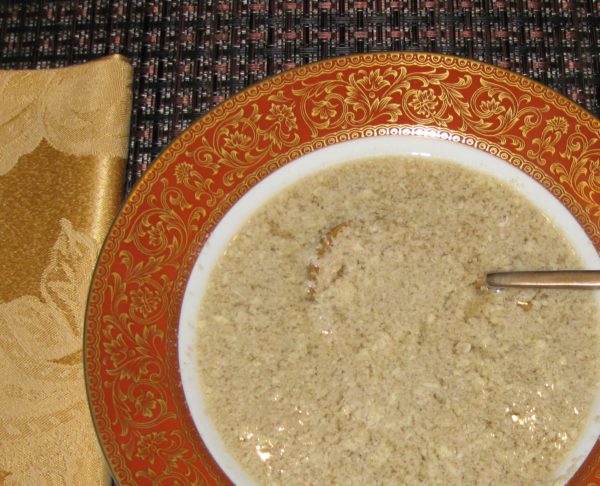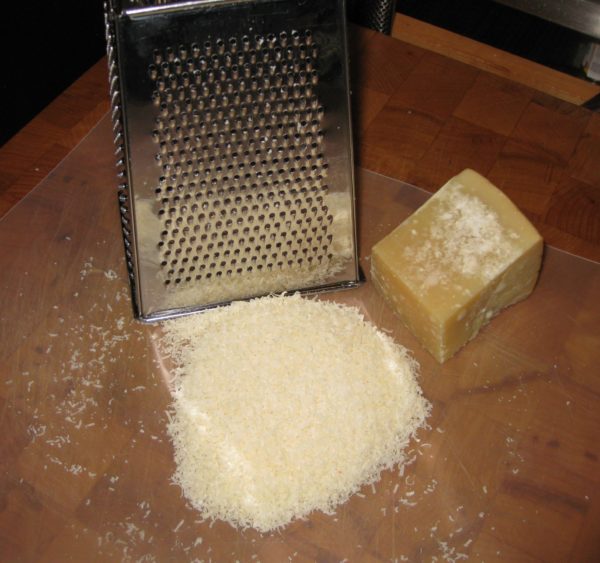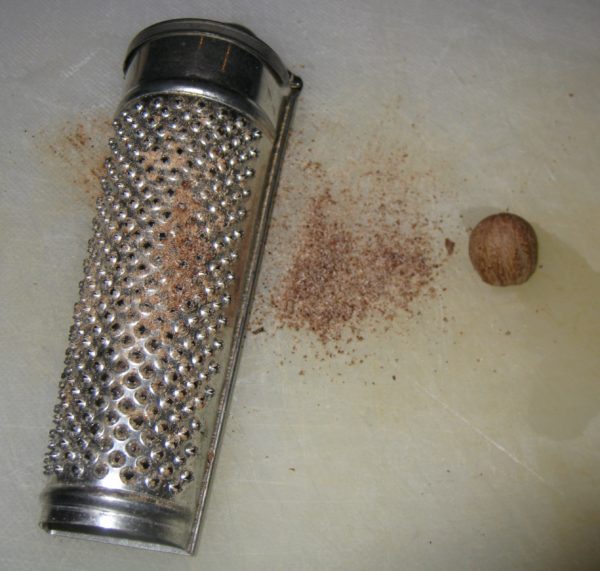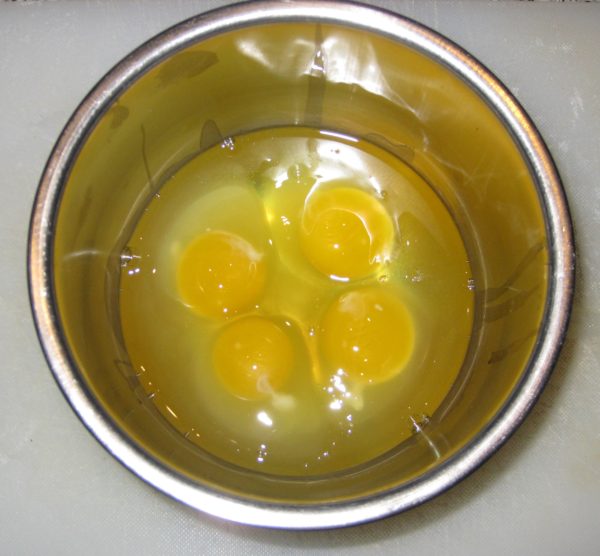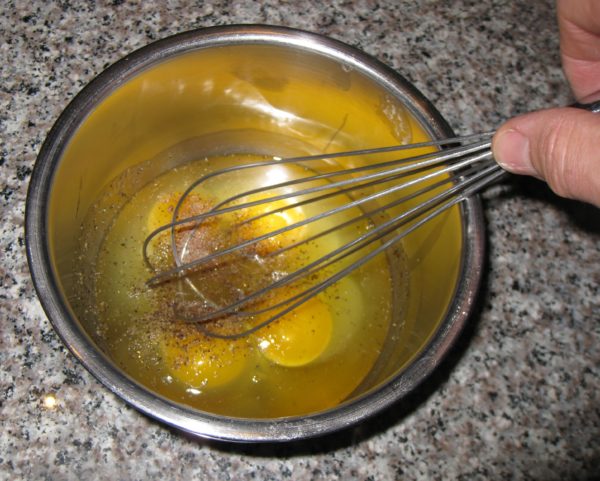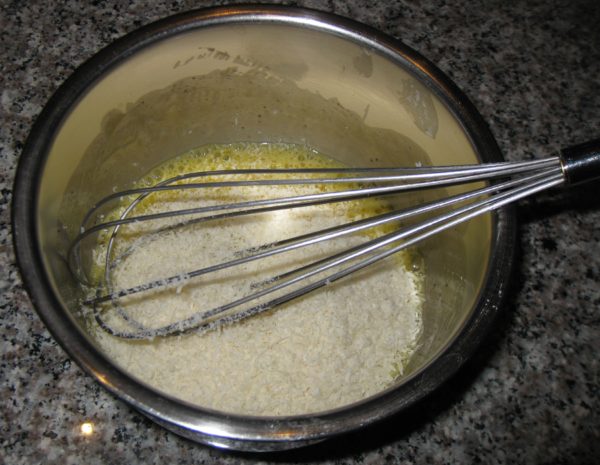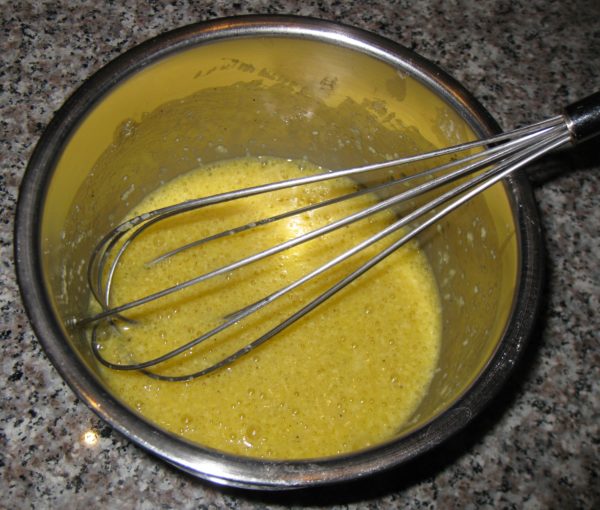March 27, 2018
I really don’t know what to call these little breads any longer.
Growing up we always called them Biscotti. The Italian word biscotti, which is plural for biscotto, can be translated as cookies or biscuits. However, in the United States, the word biscotti is now completely identified with a particular type of pastry; those slices of sweet bread that are toasted until crisp (or crisp on the outside and soft on the inside depending on style).
We called those Anise Toasts when I was growing up since they were always flavored with anise in our house. That was how we differentiated these softer anise-flavored sweet breads from the chewier, and toasted, anise-flavored pastries.
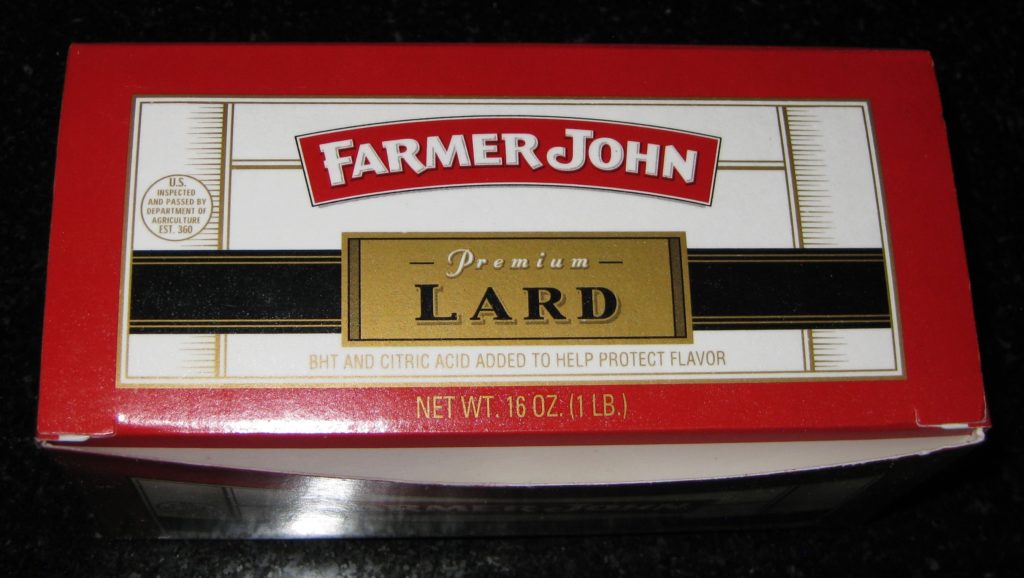
I believe that the word biscotto is derived from the words that mean twice (bis) cooked (cotto) making it an apt label for those toasted things. Despite that, however, it really is used to refer generically to a cookie.
Follow us on your social media platform of choice
The Italian word torta is translated as cake or pie or tart depending on the context. Sometimes that context can be provided only by more description. For example, the Italian word limon is used for both a lemon and a lime. To refer to a lime, you could say limon verde (green lemon) if it was not otherwise clear from the context that you meant a lime vs. a lemon. (This would be critical, for example, when providing directions for making a Margarita!) I think limon verde could also be used to refer to an unripe lemon but that’s getting a bit esoteric and, honestly, above my meager grasp of Italian.
But it points out the difficulties with translating seemingly simple concepts, like biscotti!
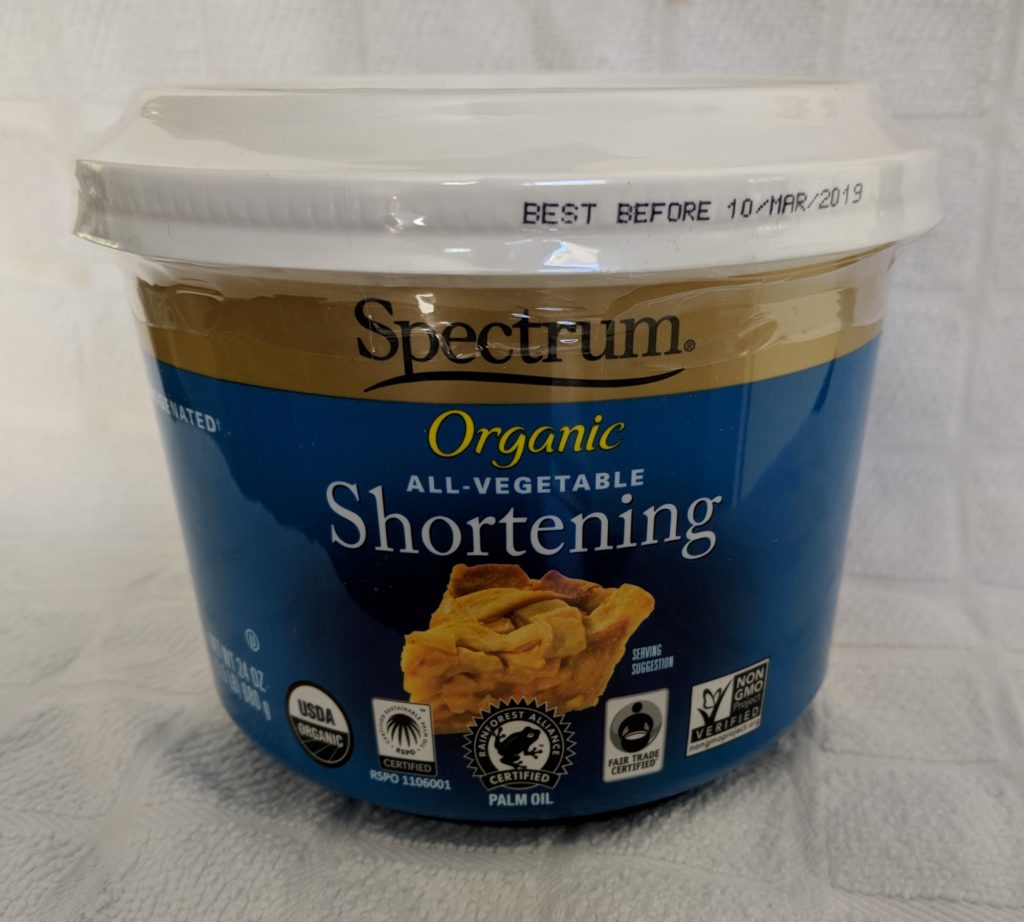
I’m posting this recipe now because my mother always made these at Easter, but their appearance was not limited to that one holiday. Sometimes, for Easter, the dough would be baked in a big braided circular loaf with colored eggs tucked into the braids. Honestly, though, that was usually done by a friend of my mother’s, Mille Verbano, rather than by my mother who almost always made small ones as I now do.
Sometimes this is called Easter Bread but, truly, there are different types of Easter bread all over Italy so that term only works within a very specific socio-cultural context. Although we never called this Easter bread in our house, if a relative did so, I would know immediately what he/she meant.
Click HERE to join our mailing list and you’ll never miss a recipe again!
I’m not a “dunker” but my mother and her sisters, Aunt Mamie (Mary, really, but as a toddler I said Mamie and that name stuck and became what everyone called her) and Aunt Margie loved to dunk bready things in coffee in the morning. If you’re a dunker, these biscotti are perfect.
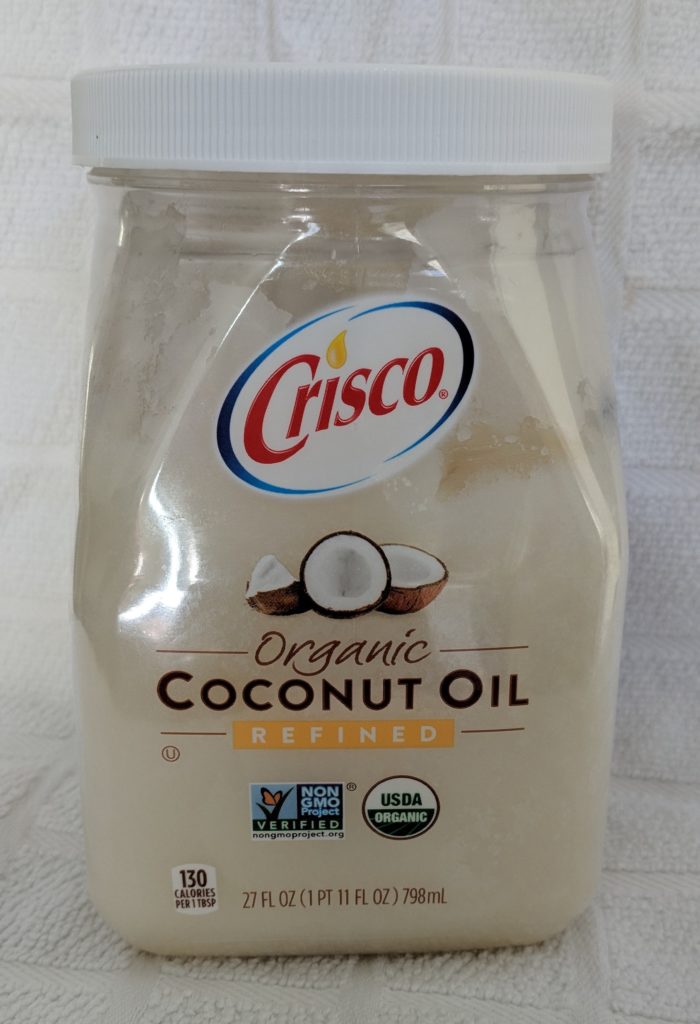
Some of you may remember my soapbox post about hydrogenated fats as a replacement for the lard often called for in traditional Italian pastries. In deference to those of you who do not want to render your own lard (which I suspect is most of you), I was prepared to test this recipe with several non-hydrogenated vegetable fats, palm oil and refined coconut oil. While shopping for other ingredients in Palm Springs I stumbled upon lard…pure, simple lard…not the hydrogenated lard that now dominates supermarket shelves. I just had to try it. I’ve not seen Farmer John lard in supermarkets in Santa Fe but I am hopeful that this signals a resurgence of the availability of unadulterated and chemically unaltered lard for baking.
I promise to test out future recipes with the non-hydrogenated vegetable fats, though!
If you have a favorite family recipe and a bit of a story to tell, please email me at santafecook@villasentieri.com and we can discuss including it in the blog. I am expanding the scope of my blog to include traditional recipes from around the country and around the world. If you haven’t seen Bertha’s Flan or Melinda’s Drunken Prunes, take a look. They will give you an idea of what I’m looking for.
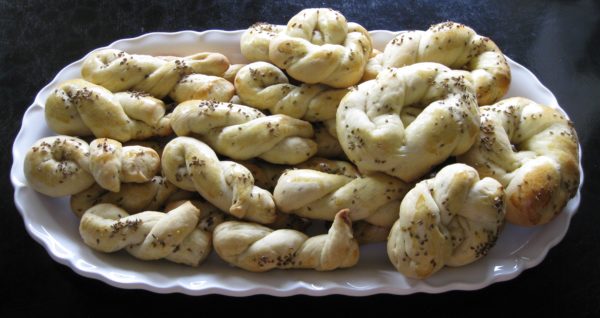
| Prep Time | 2 hours |
| Cook Time | 1 1/2 hours |
| Passive Time | 4 hours |
| Servings |
dozen little breads, approximately
|
- 3 pounds all purpose flour
- 2 cups sugar
- 3 tablespoons anise seeds plus more for decoration
- 1/2 teaspoon salt
- 1/2 pound lard
- 3 packages active dry yeast 21 grams total
- 1 cup warm water
- 6 large eggs
- 1 egg to brush tops, beaten lightly
Ingredients
|

|
- Melt the lard over gentle heat and allow to cool until lukewarm but still liquid.
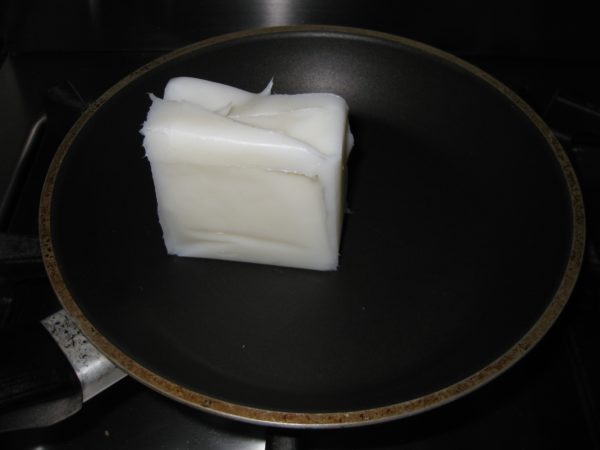
- Dissolve one teaspoon of the sugar in the warm water, not more than 110°F.
- Add the yeast and allow it to proof.
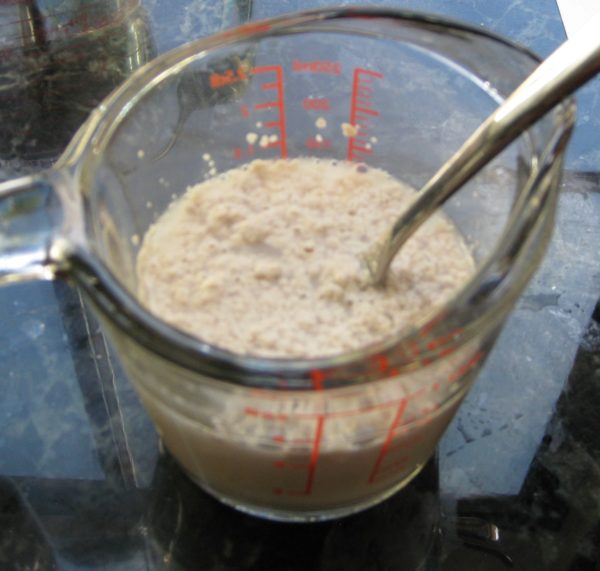
- Meanwhile, combine flour, remaining sugar, anise seeds and salt.
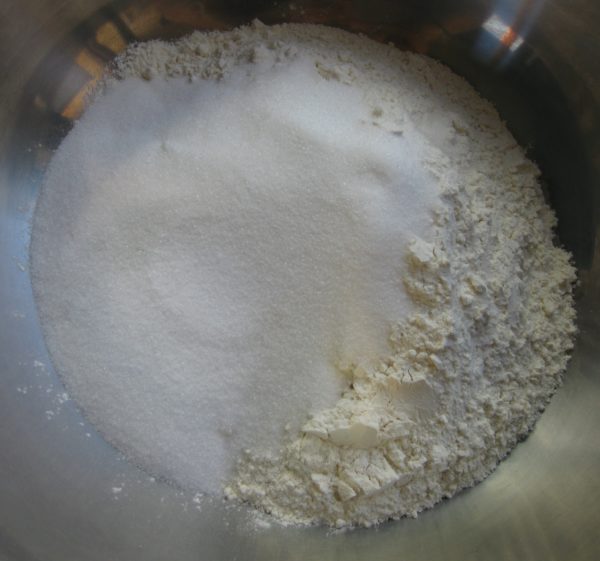
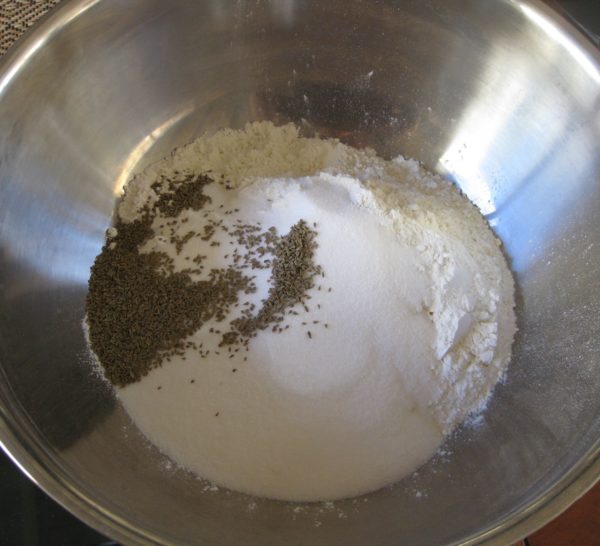
- Form a well in the center and add 6 eggs and the melted and cooled lard.
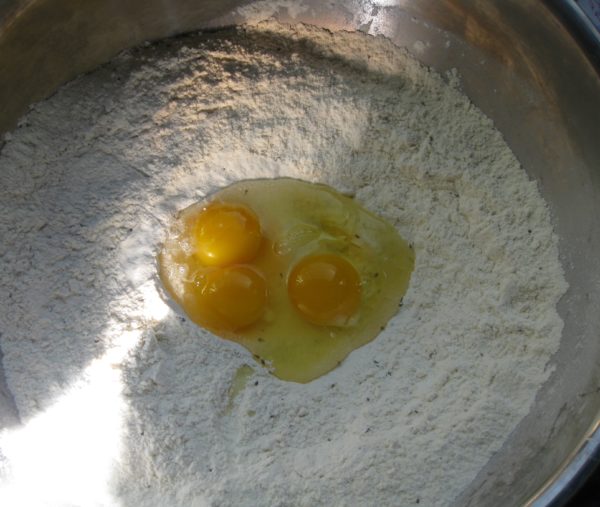
- Using a circular motion, begin to mix the flour into the liquids in the well.
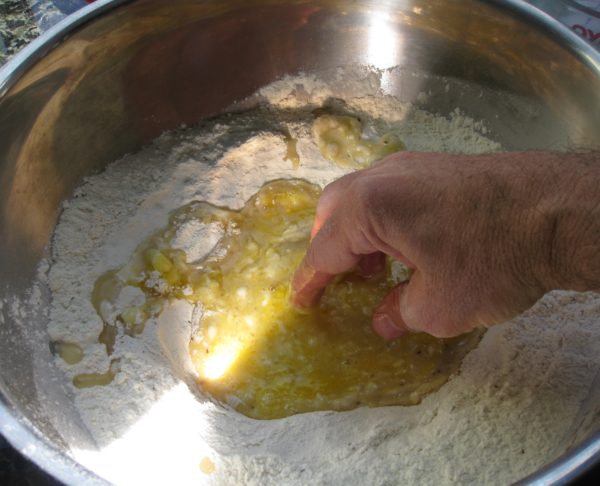
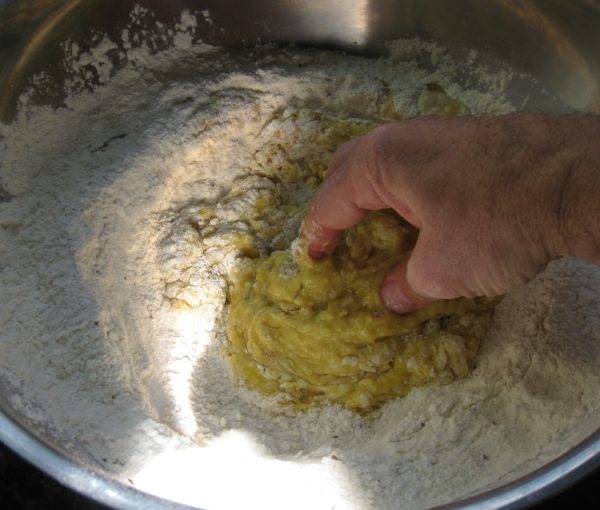
- Add the proofed yeast.
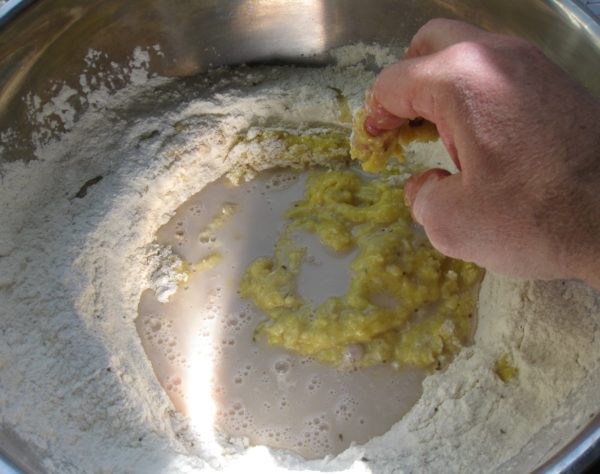
- Continue incorporating flour until it is all mixed in.
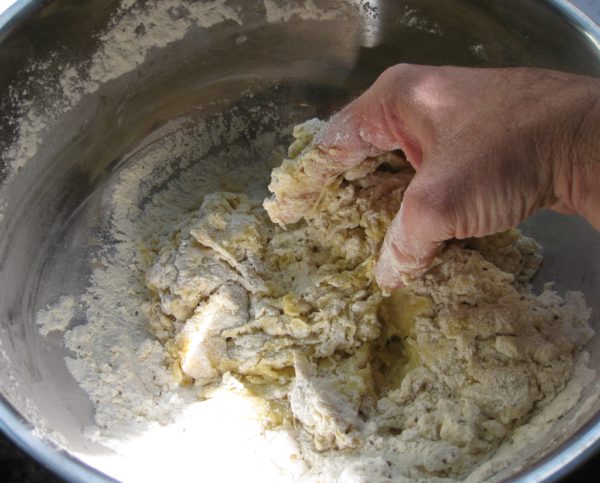
- Add a touch more flour or water, if needed, to create a supple, non-sticky dough.
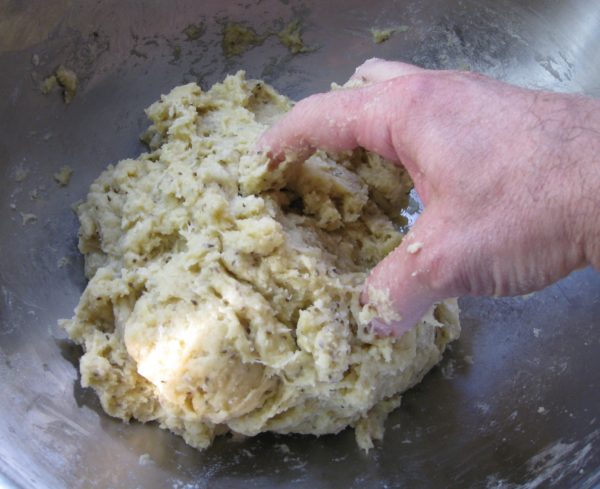
- Knead for approximately 10 minutes.
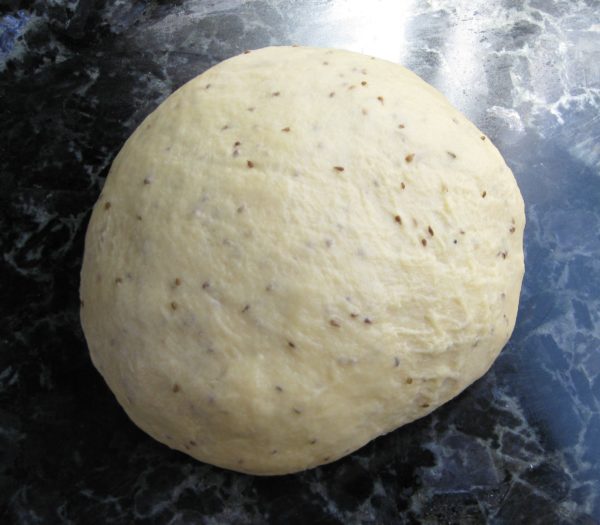
- Place the dough in a bowl. Cover the bowl and allow the dough to double in bulk.
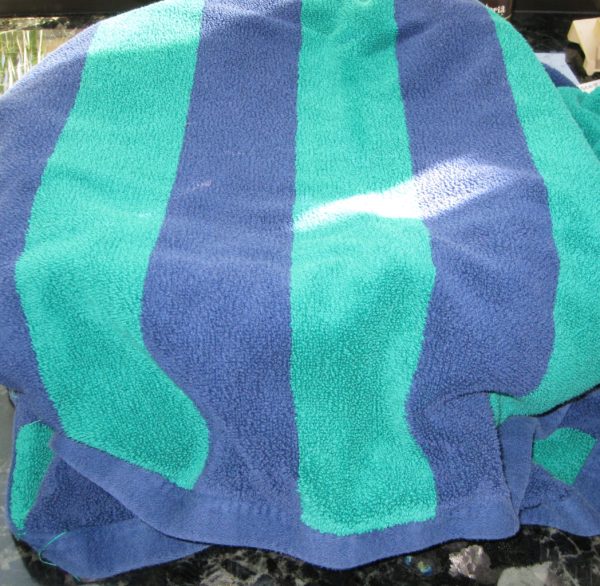
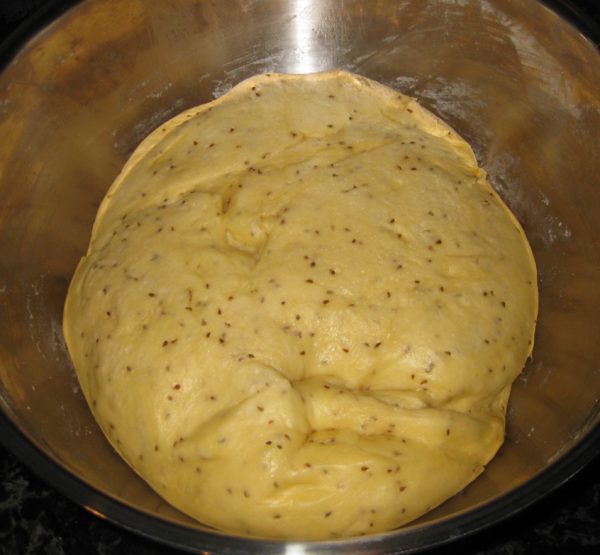
- Punch the dough down. Cover and allow to double again.
- Cut off small pieces of dough and roll into thin ropes, not much thicker than a pencil.
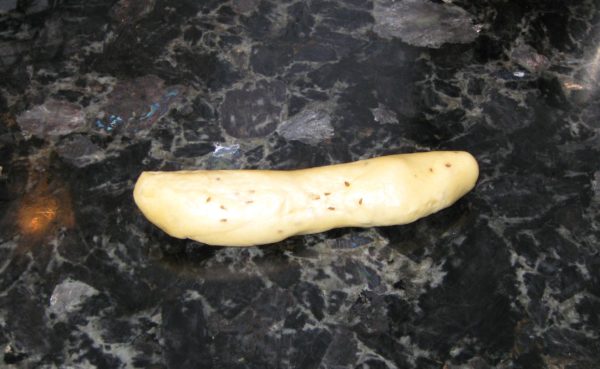
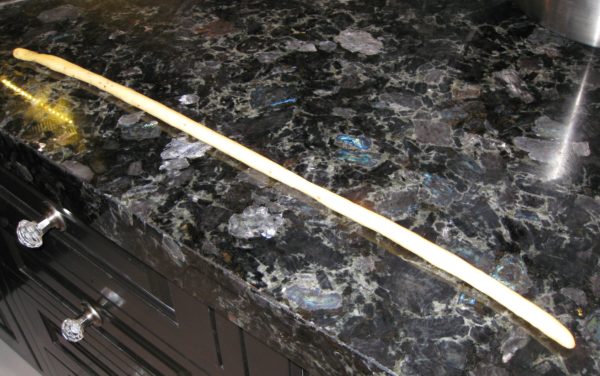
- The dough will have a tendency to shrink back. Roll it out. Let it shrink back a bit. Wait a few minutes for the gluten to relax. Roll it out again. Let it shrink back a bit. Repeat until the dough is the proper thickness. I find it helpful to roll 3 or 4 pieces of dough at a time. It makes the process more efficient.
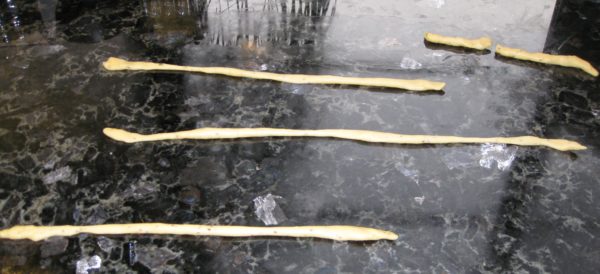
- Cut the dough into lengths. For the straight pieces, the lengths should be approximately 7 inches. For the circular pieces the lengths should be approximately 12 inches.
- Fold the lengths of dough in half and twist few times.
- Put on ungreased sheet pans, either straight or in circles.
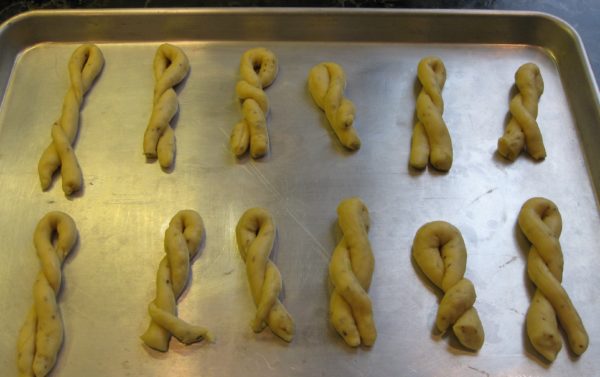
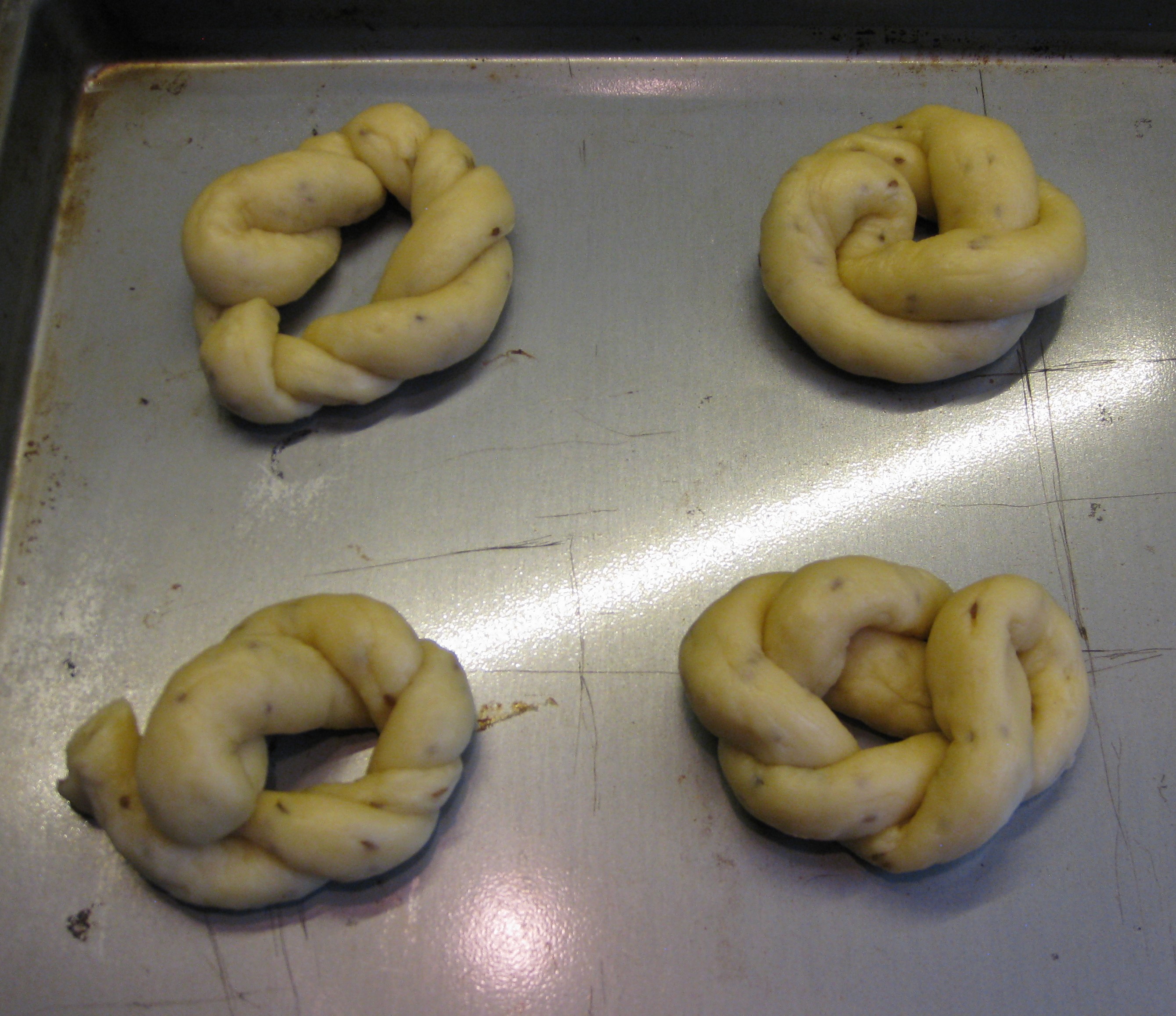
- Brush each with beaten egg. Sprinkle with additional anise seeds.
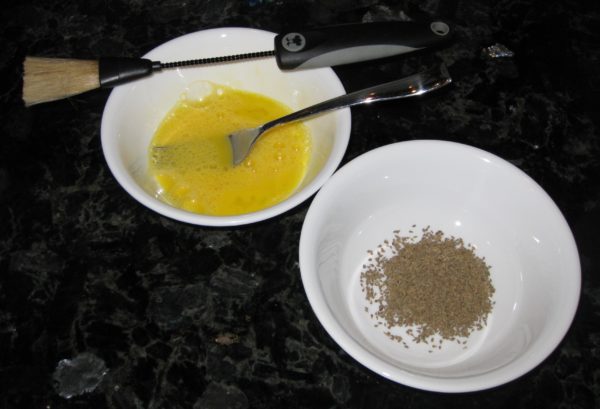
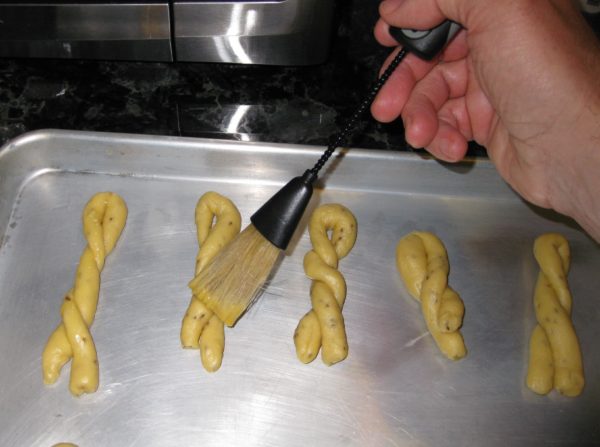
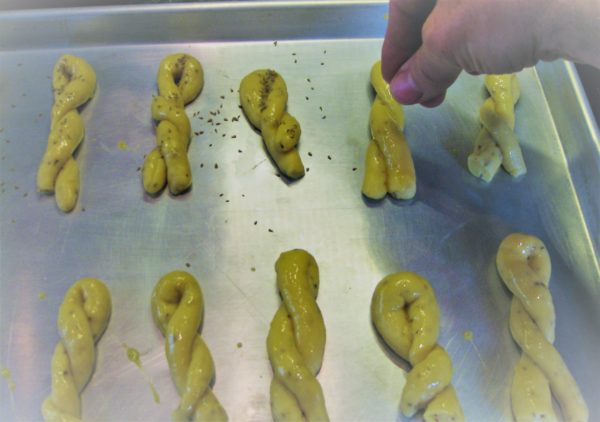
- Invert another sheet pan on top. Allow the bread to rise an hour.
- Bake at 350°F for 15-20 minutes, until golden brown.
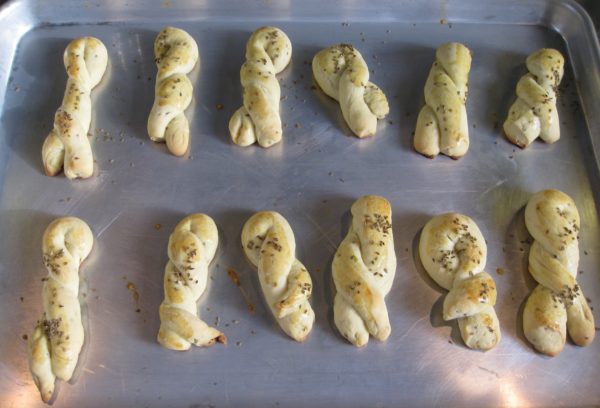
- Remove to wire racks to cool.
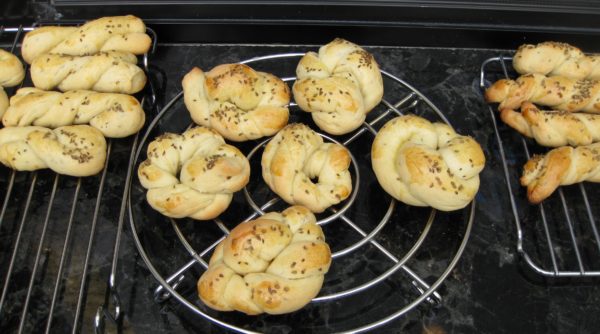
Copyright © 2018 by VillaSentieri.com. All rights reserved.

